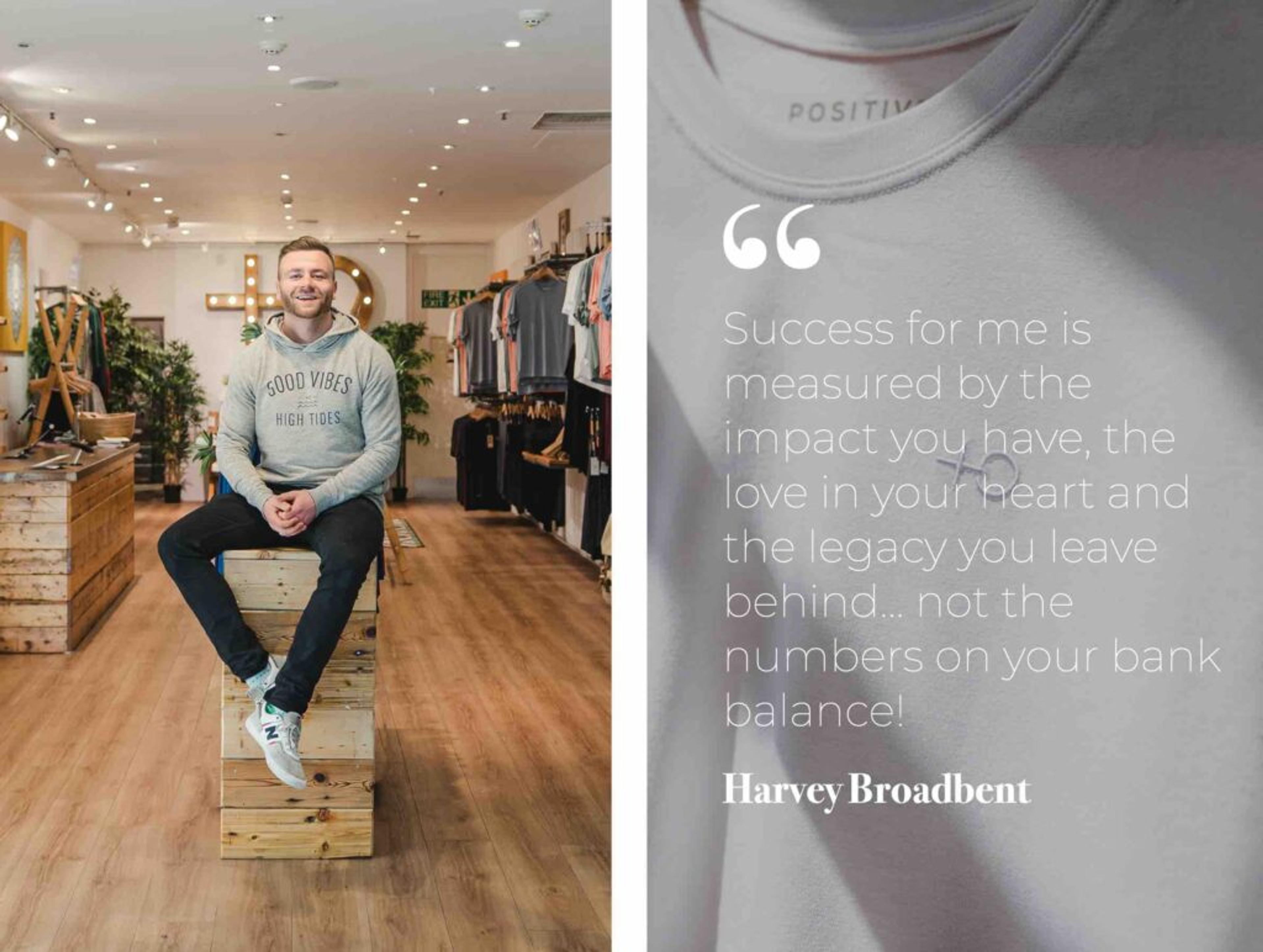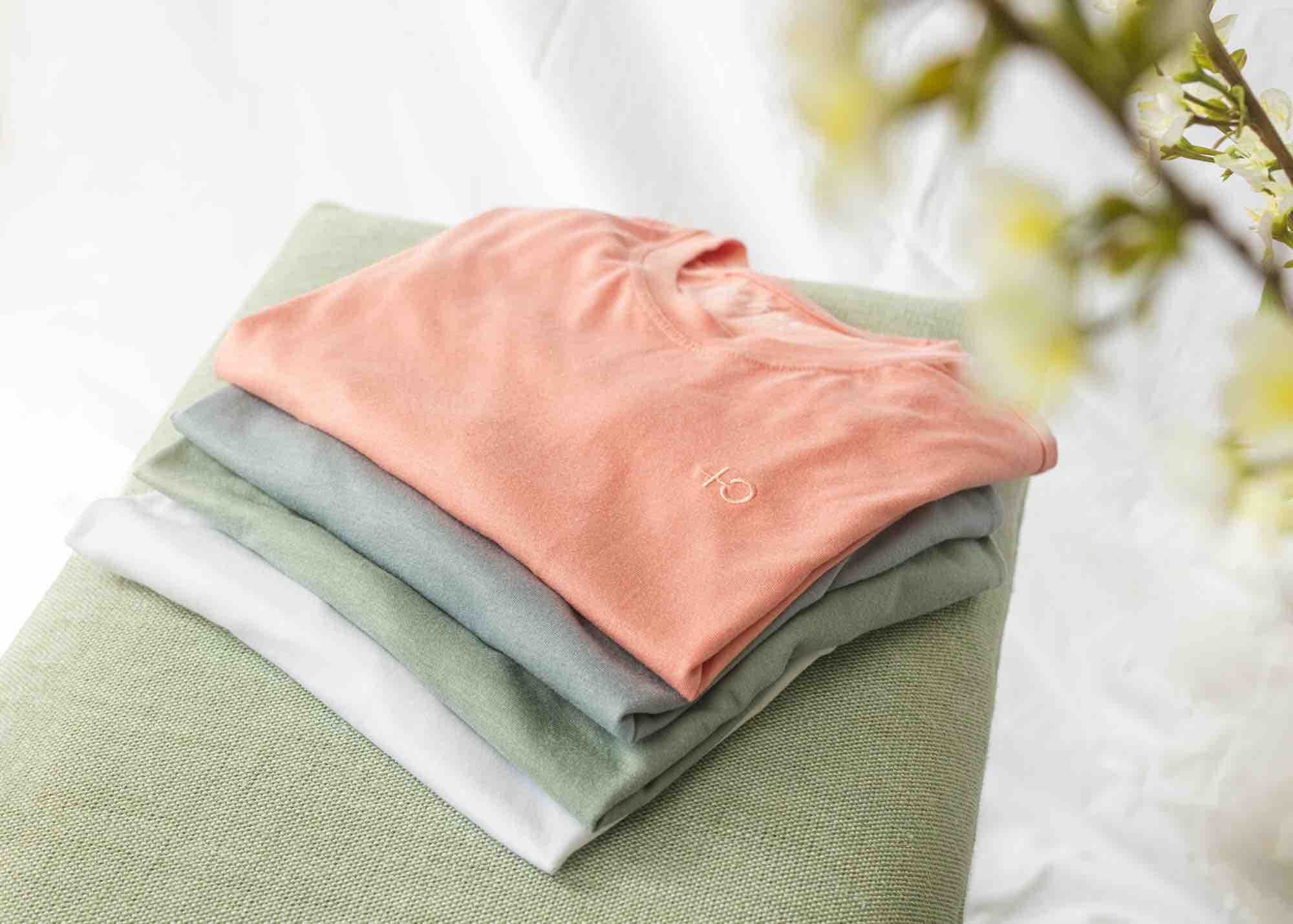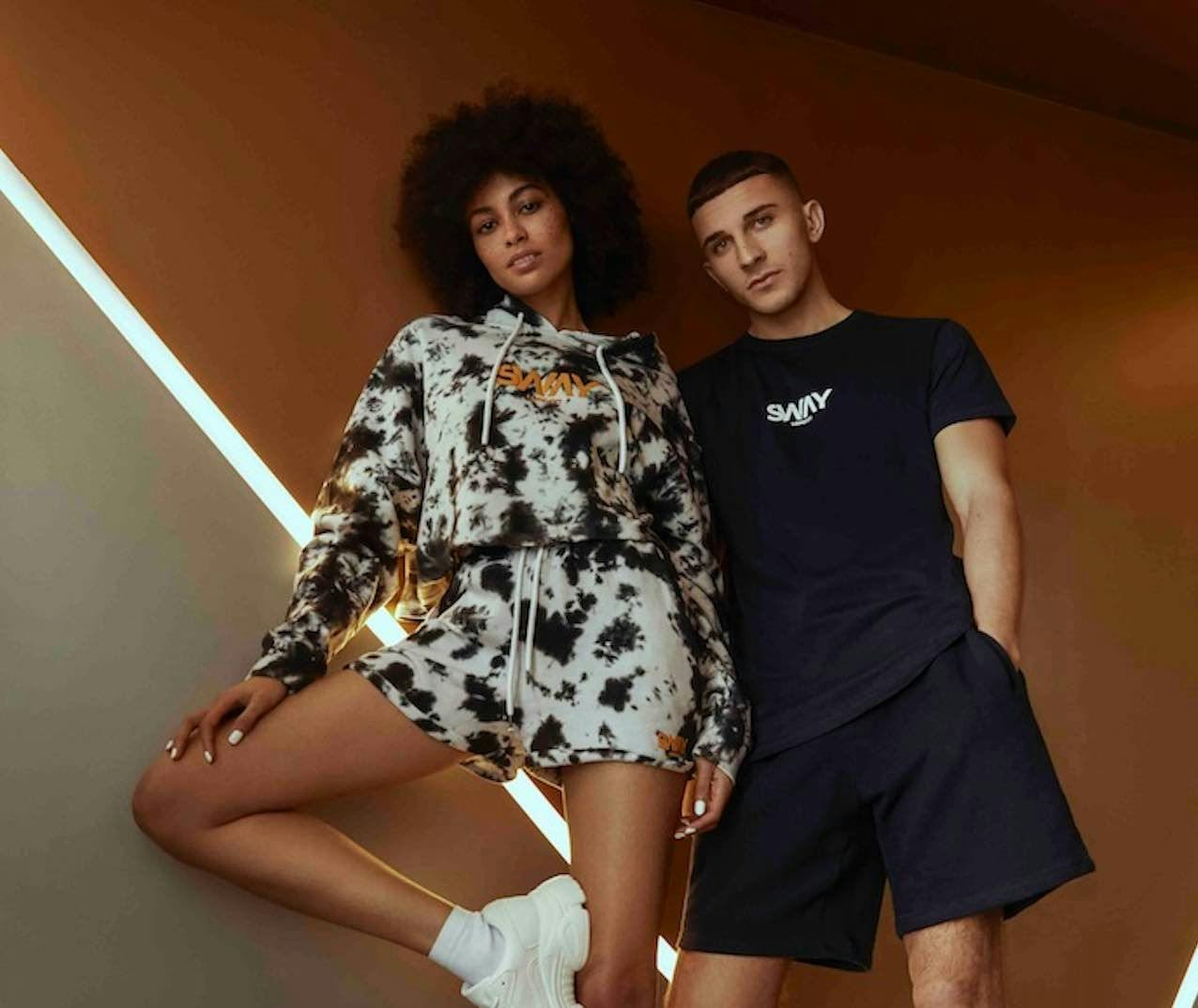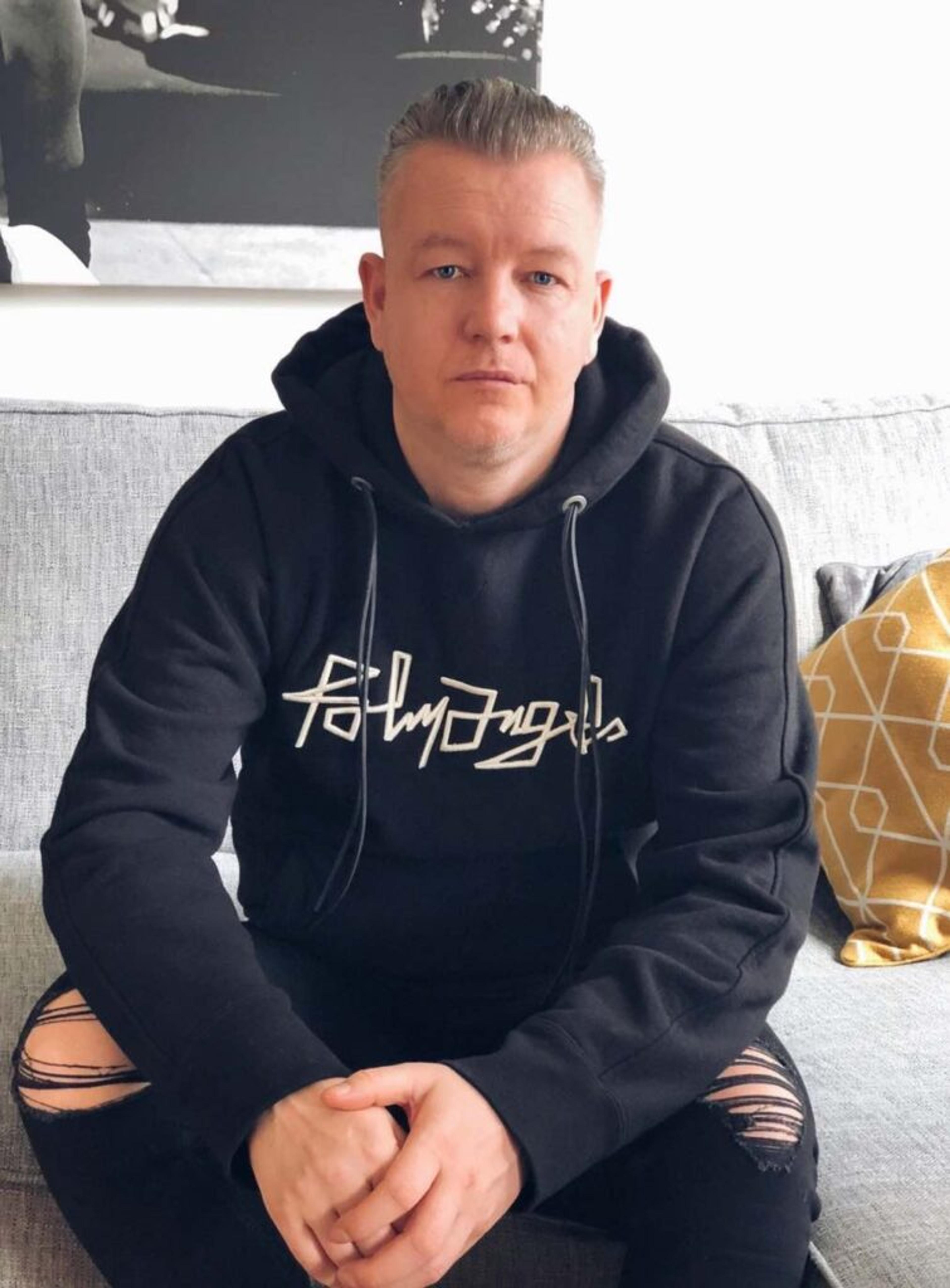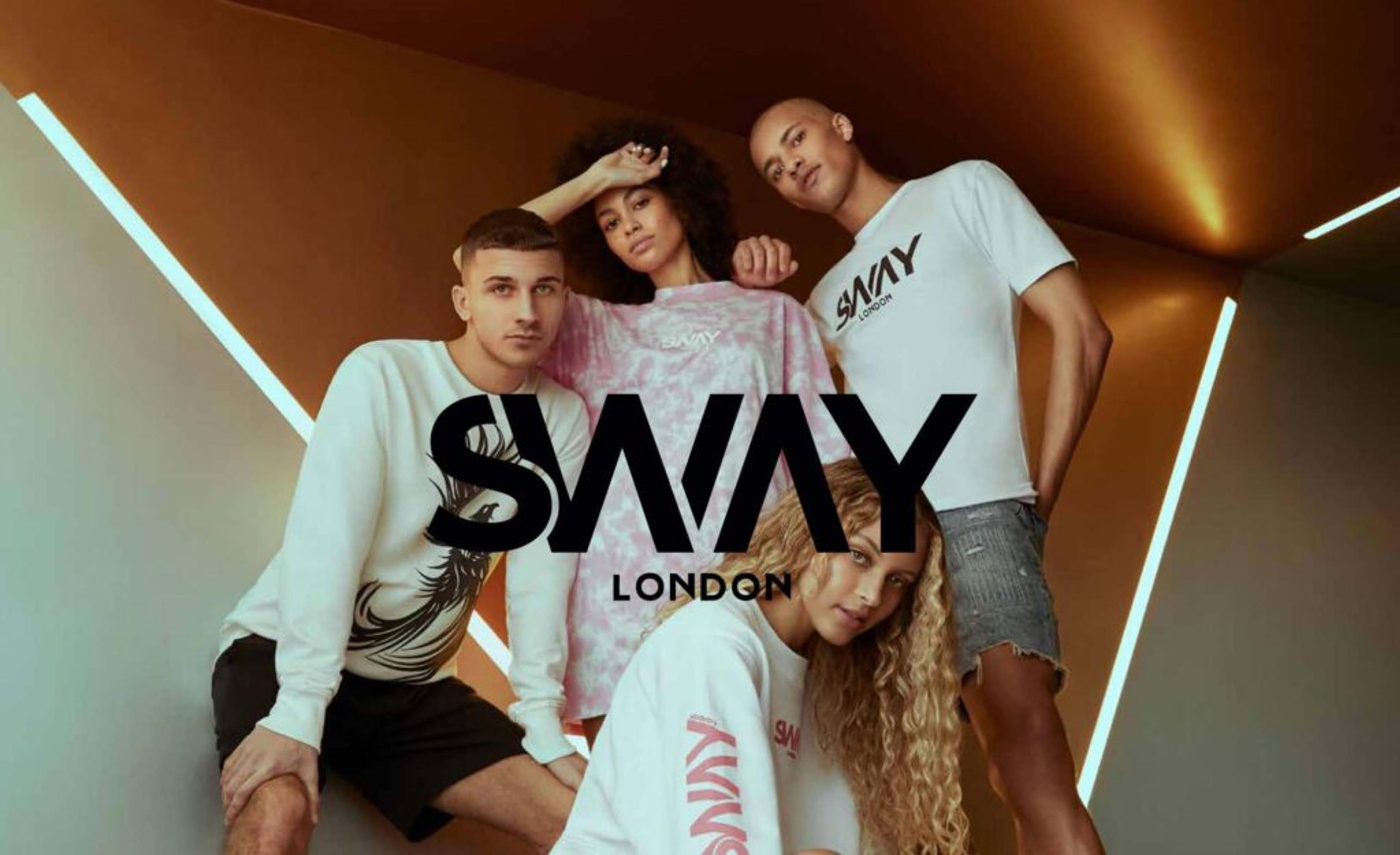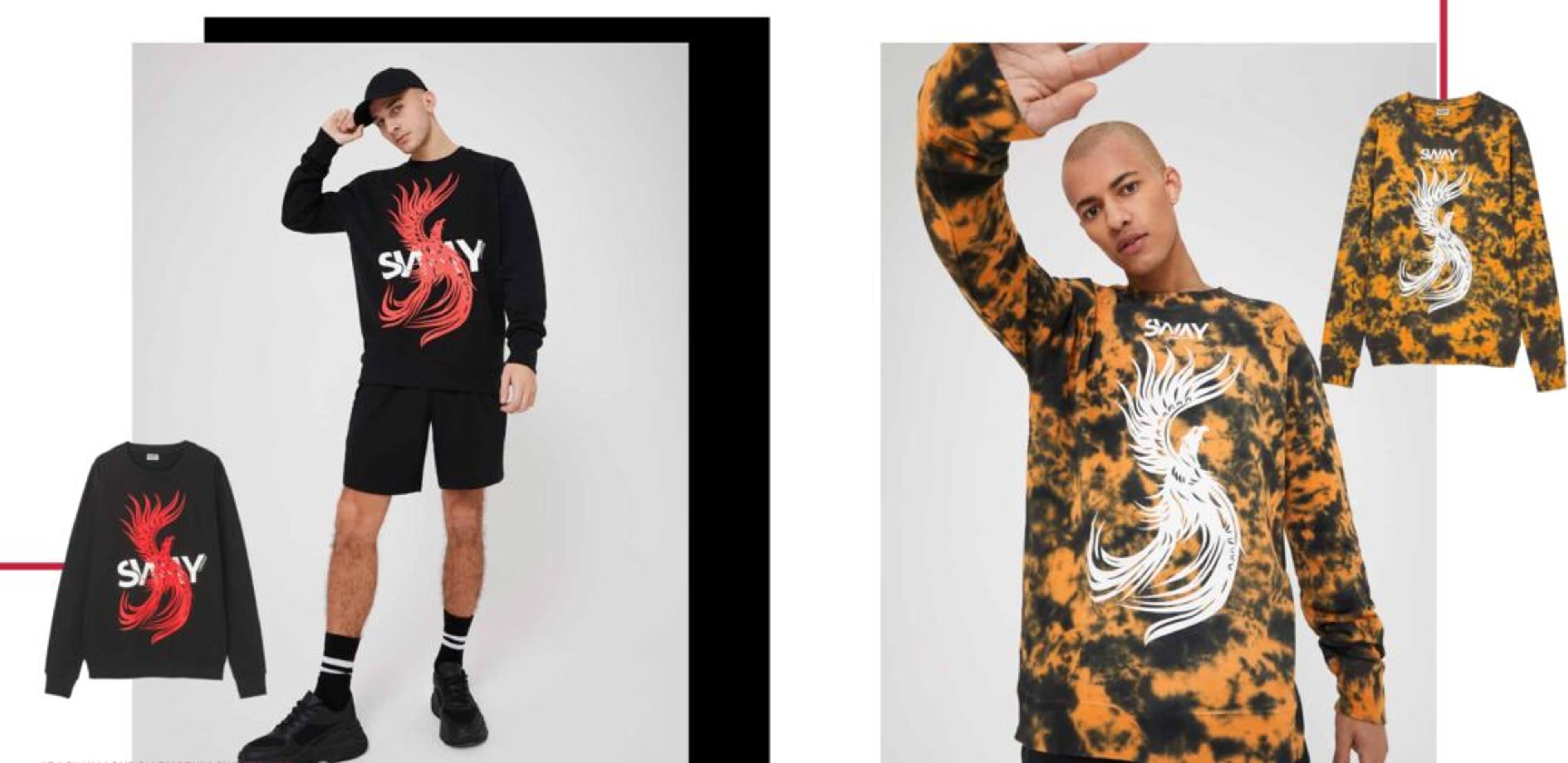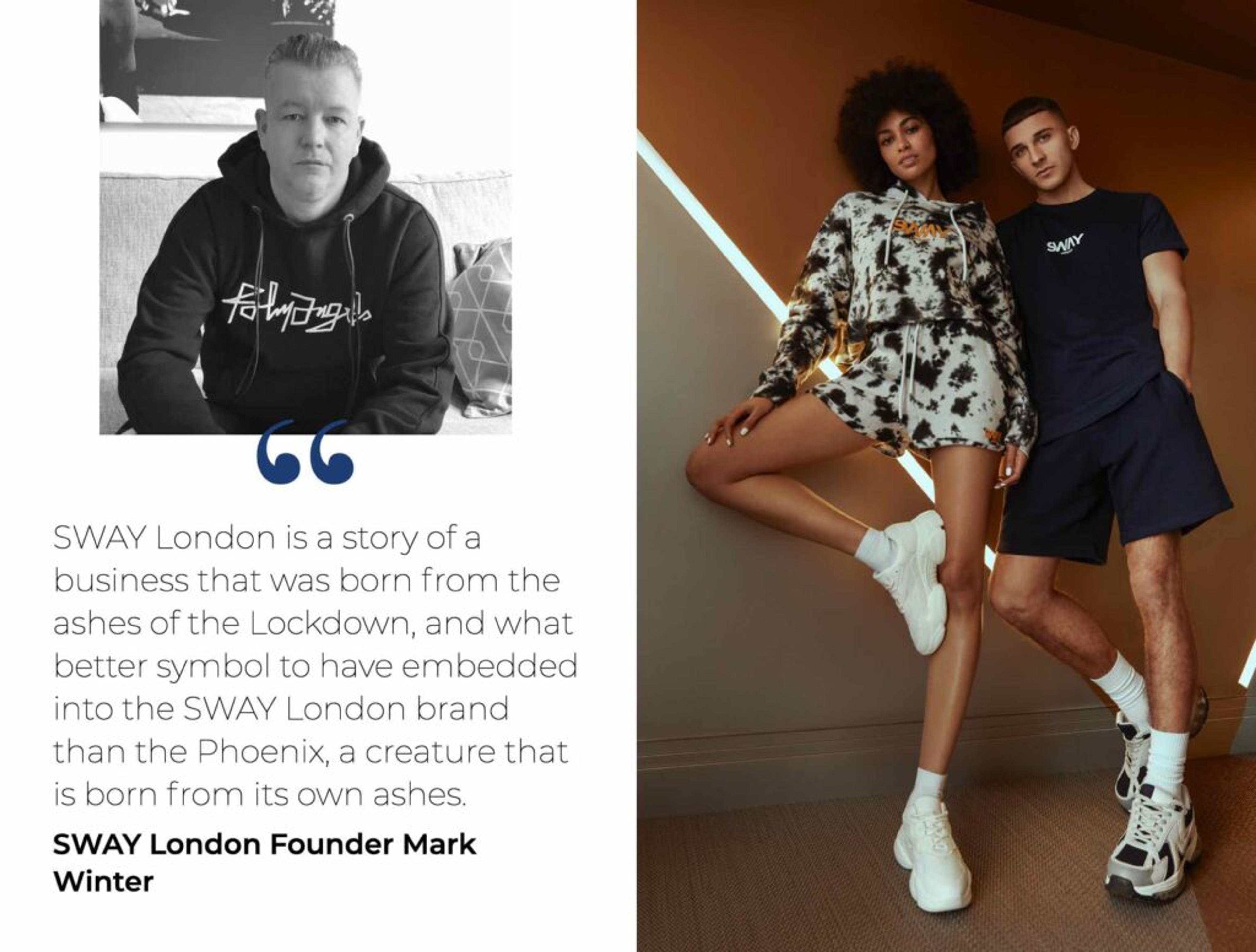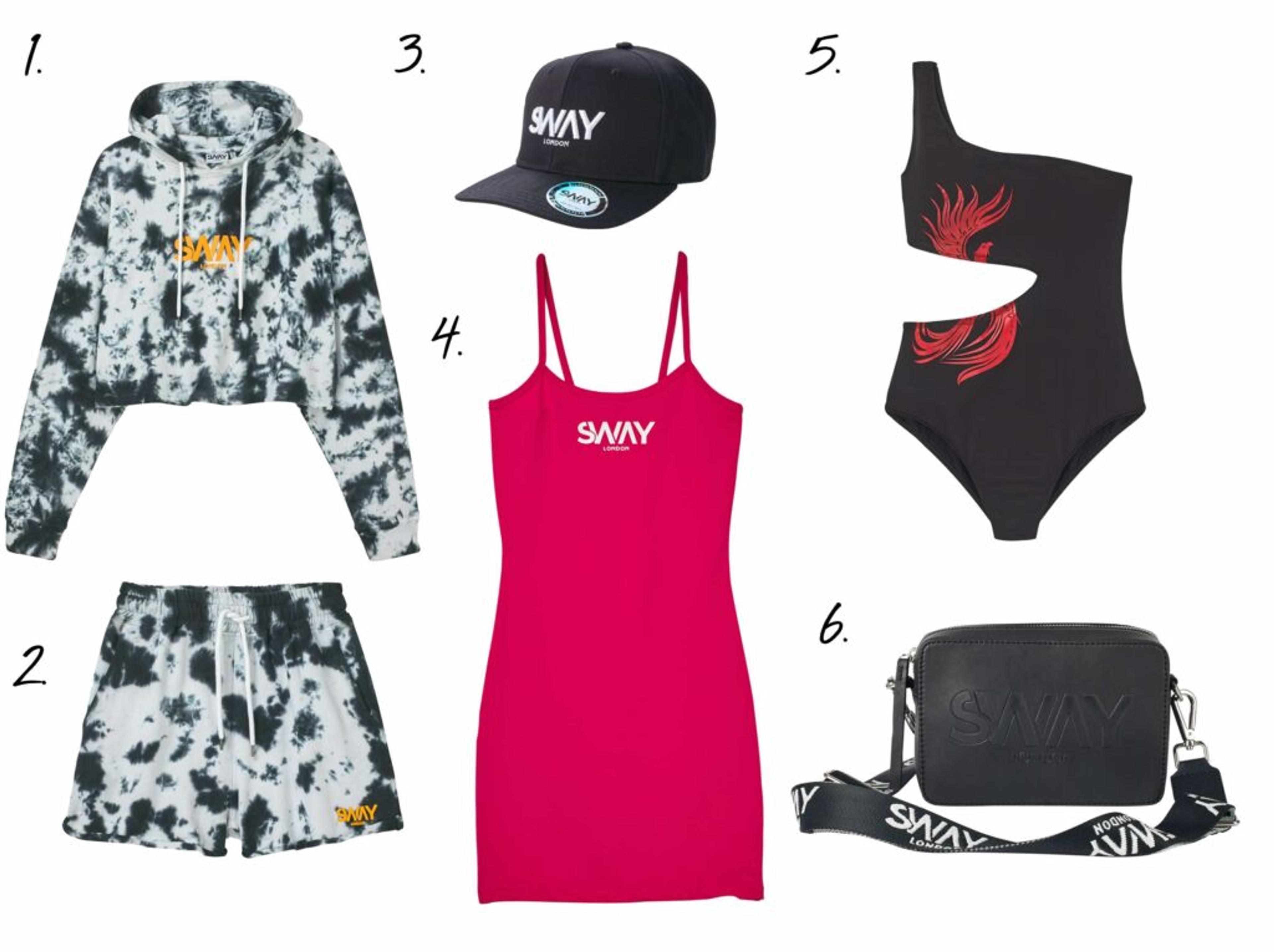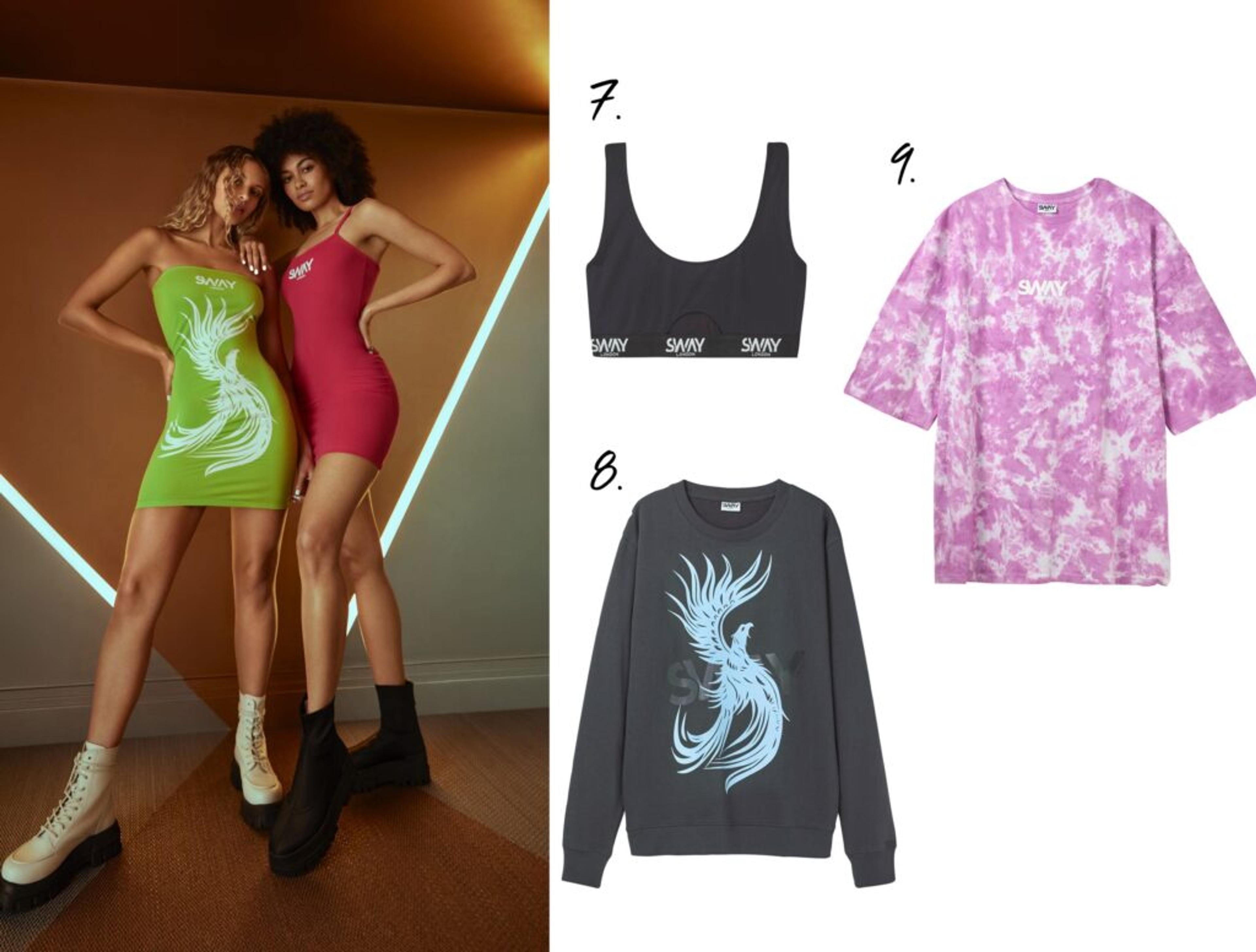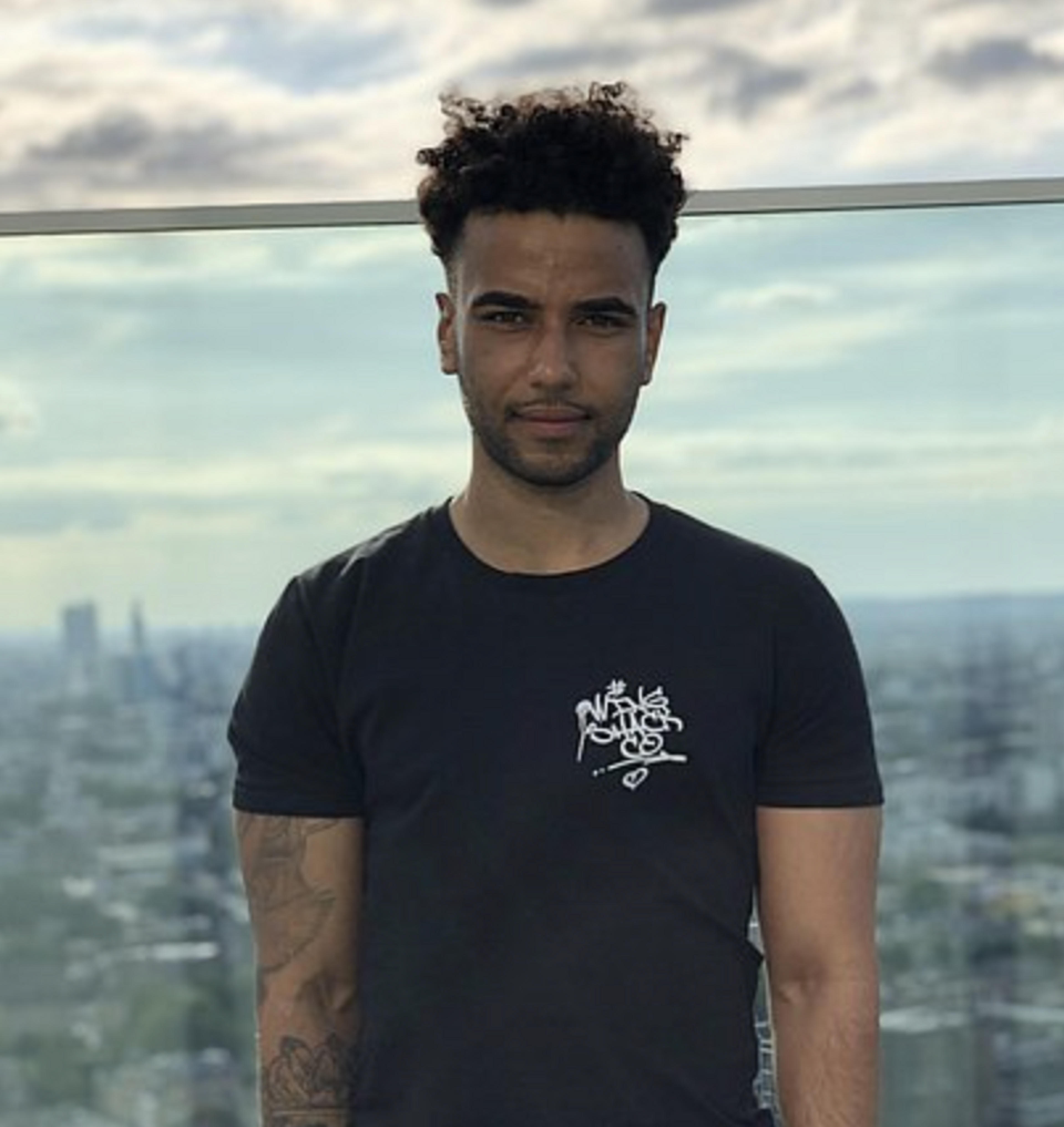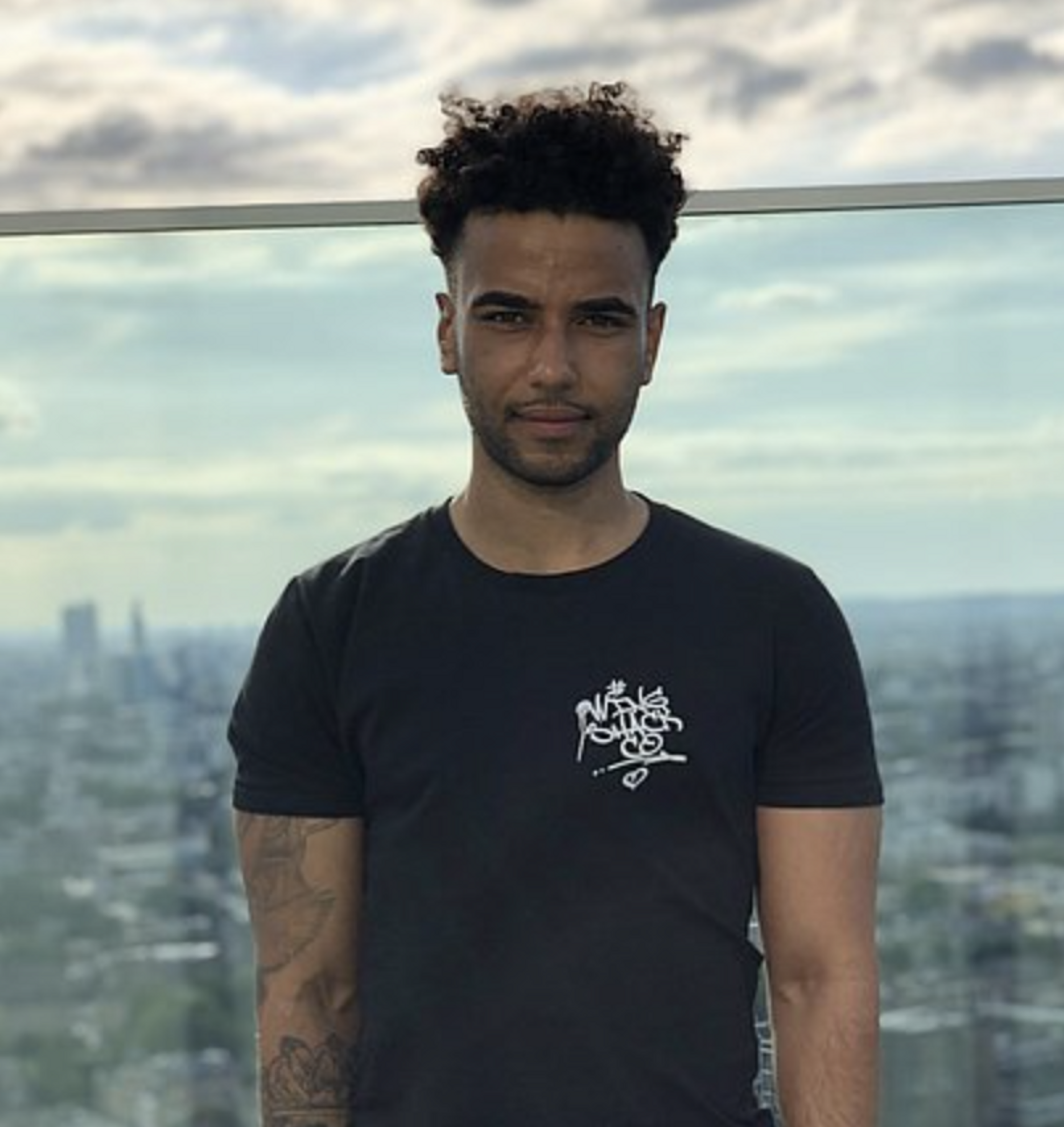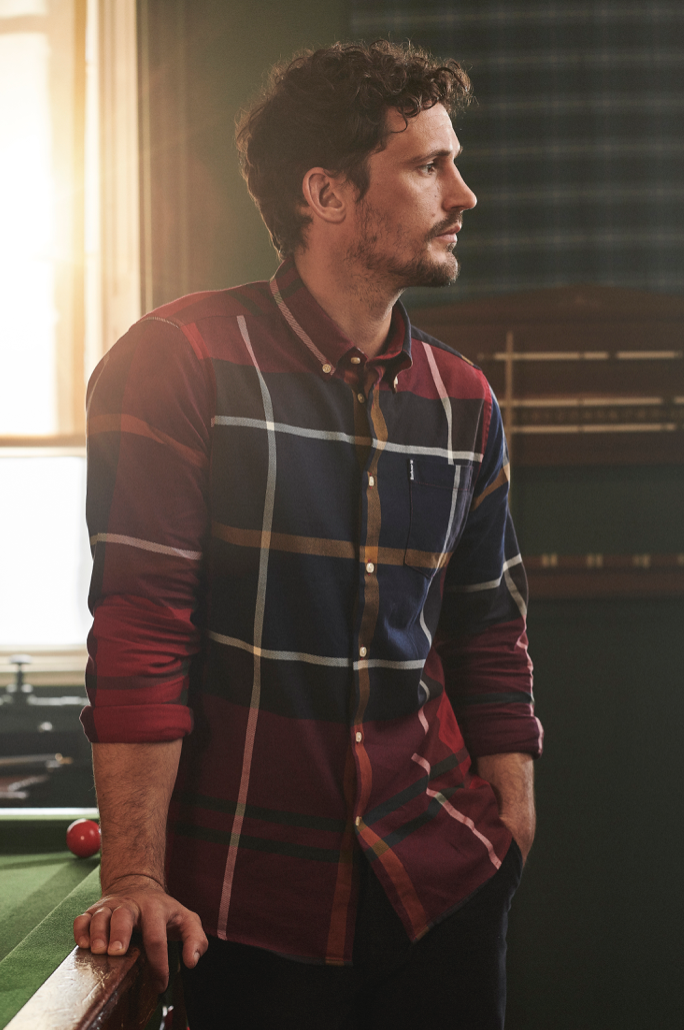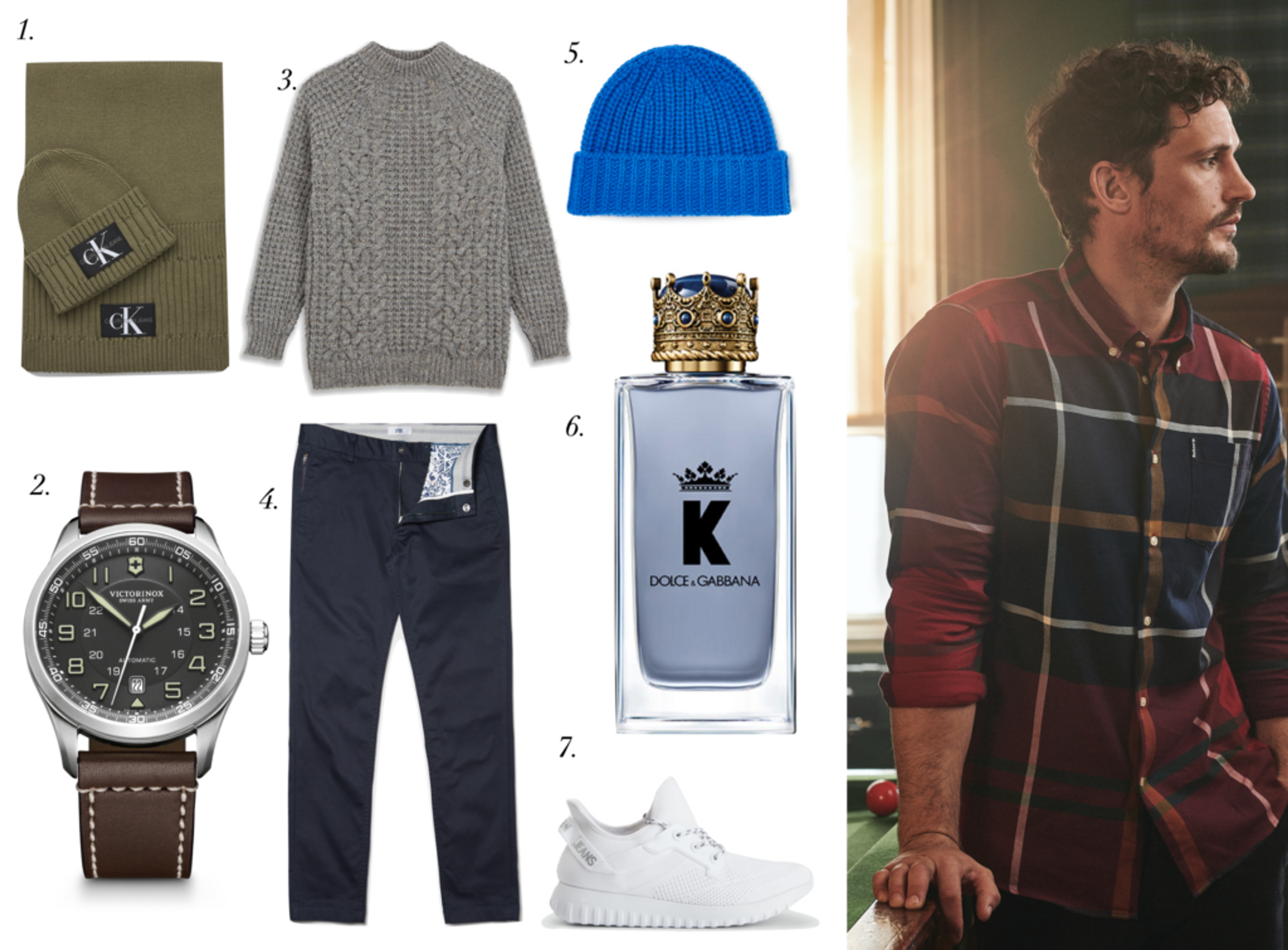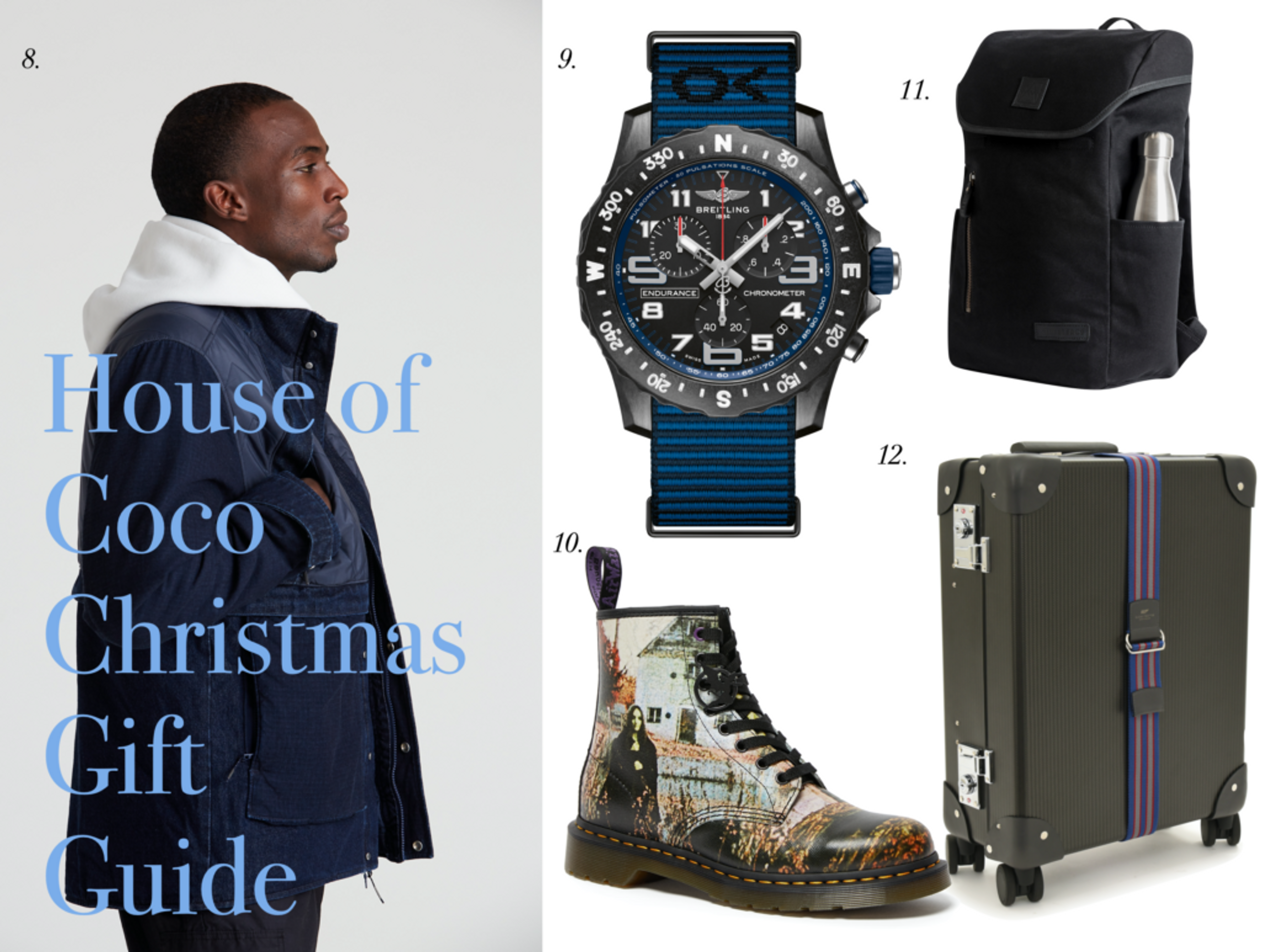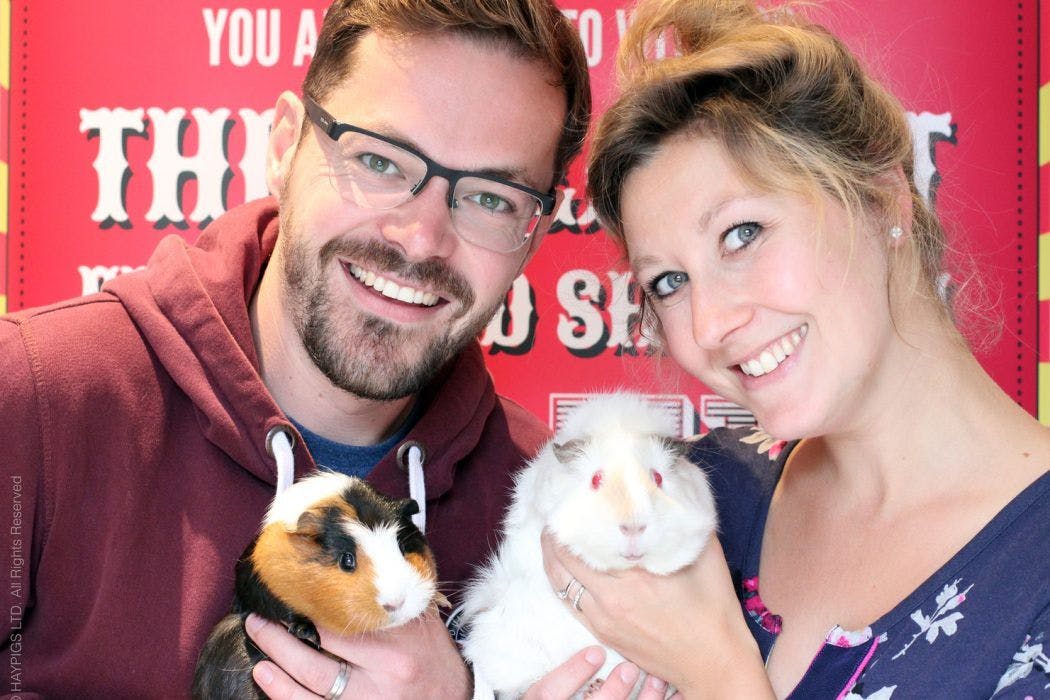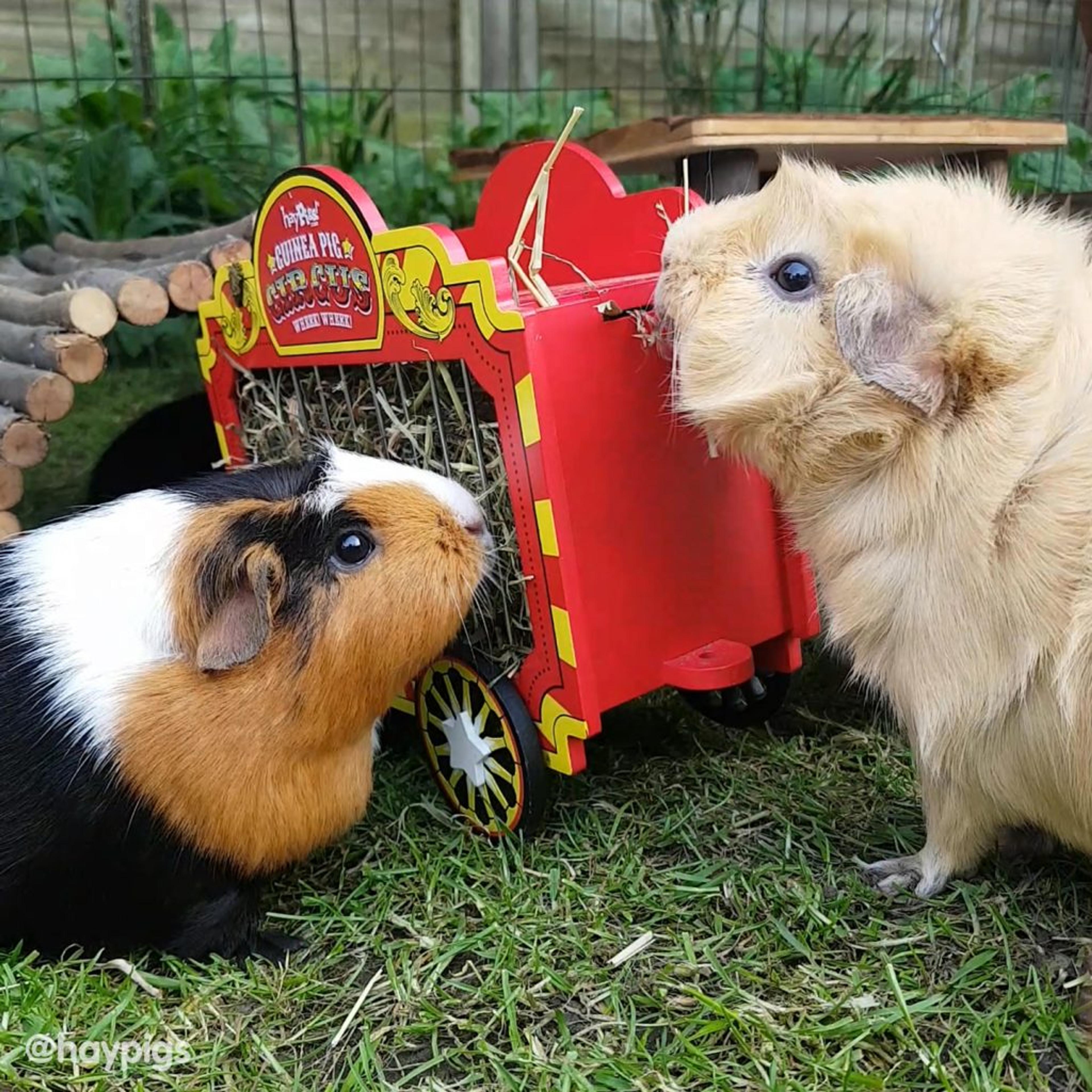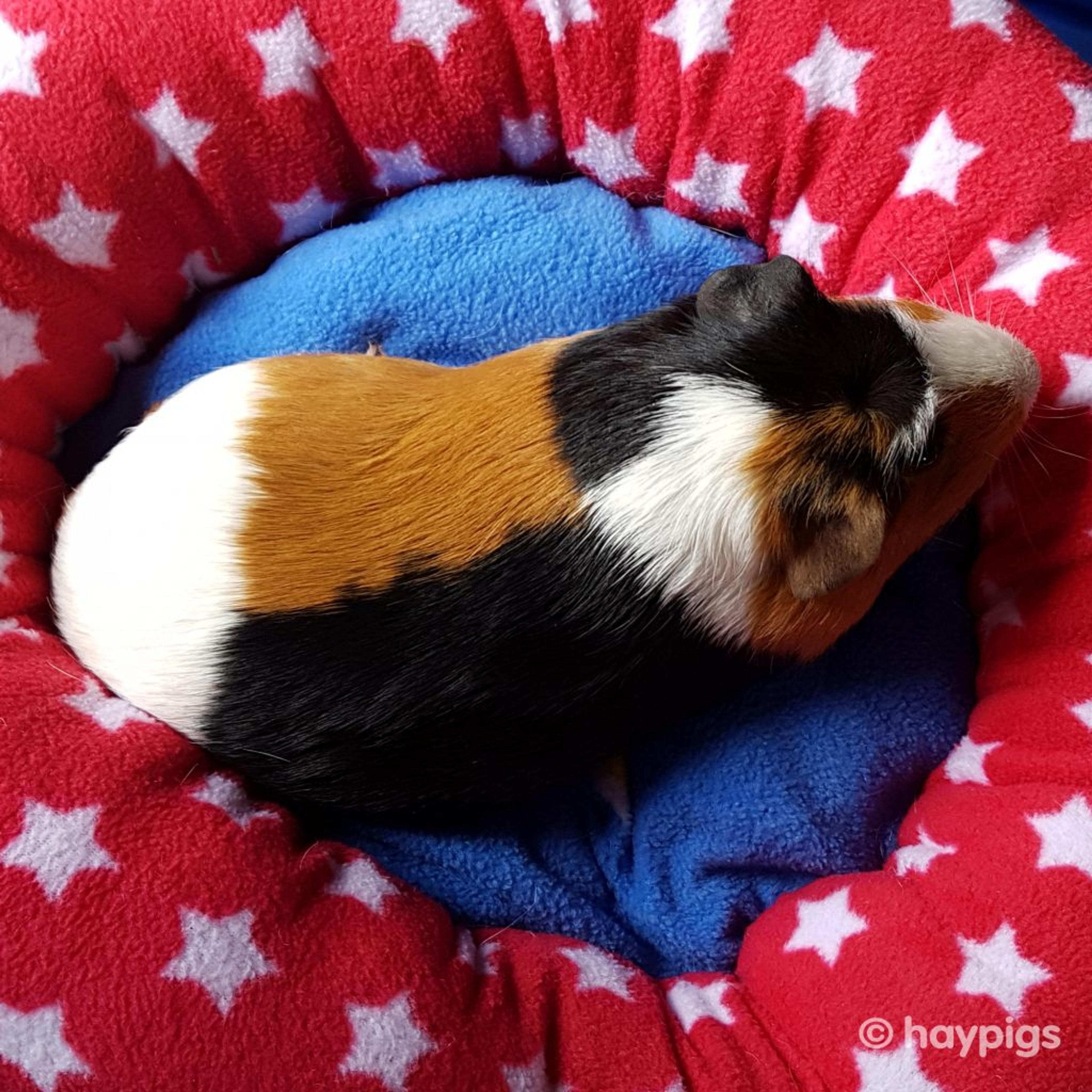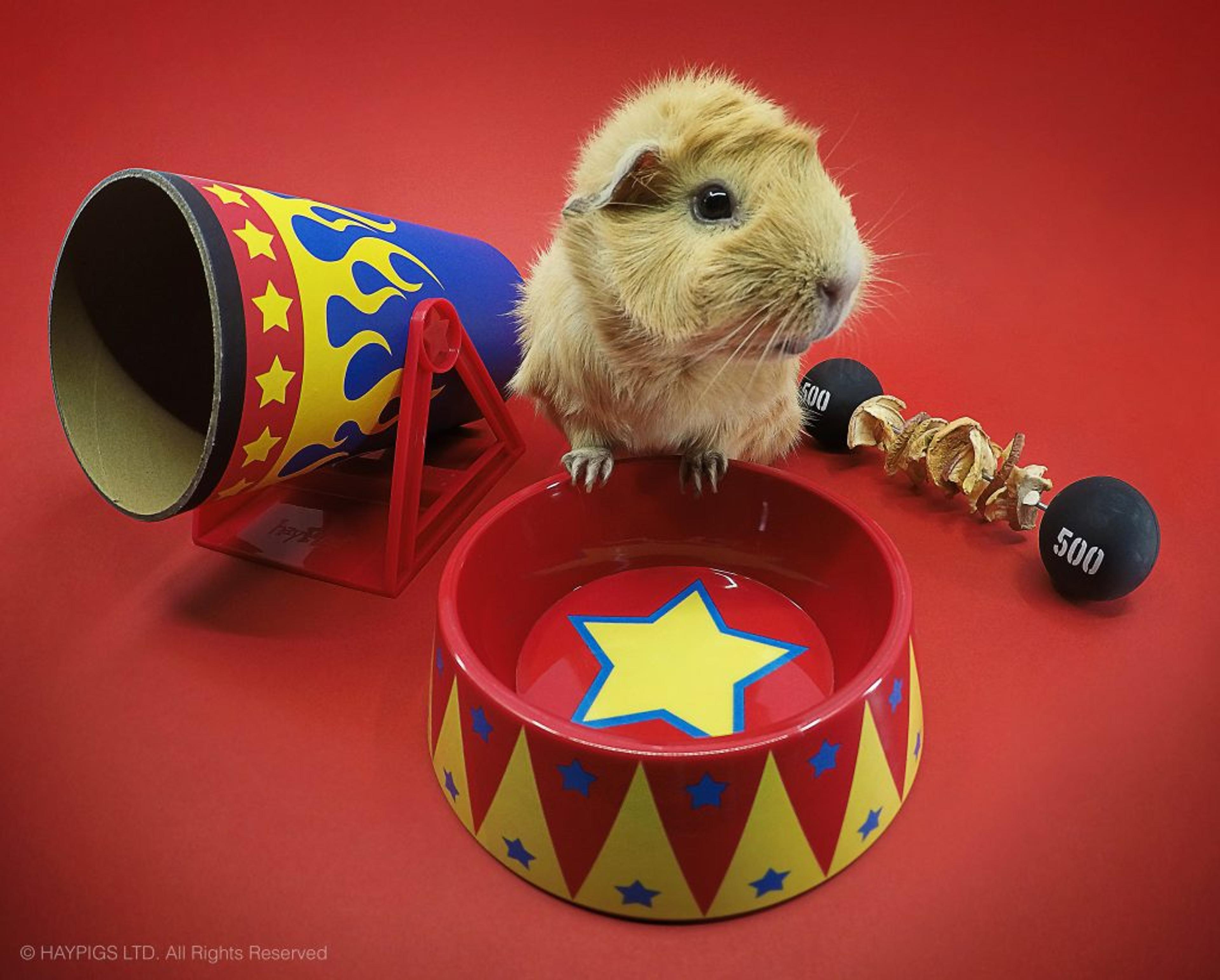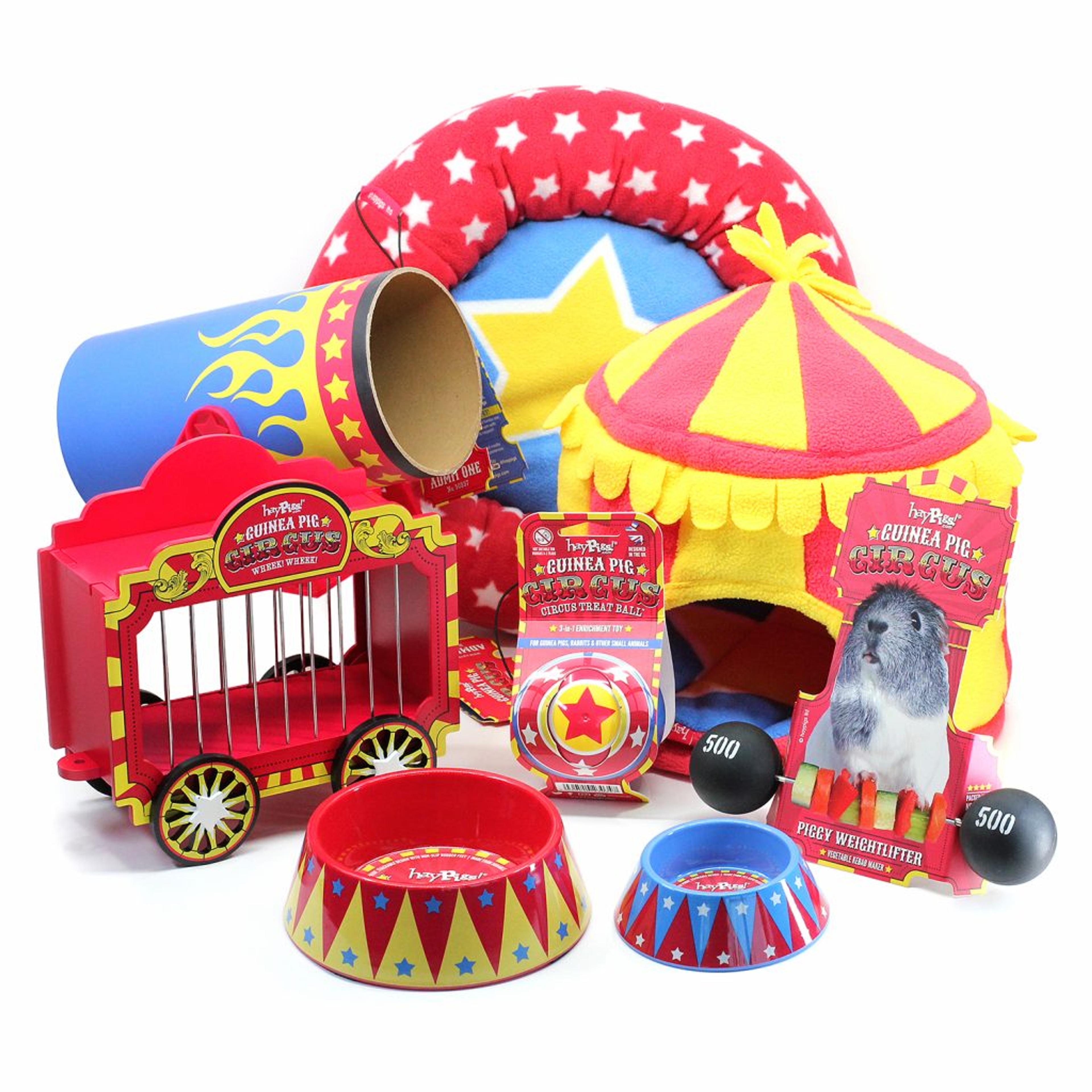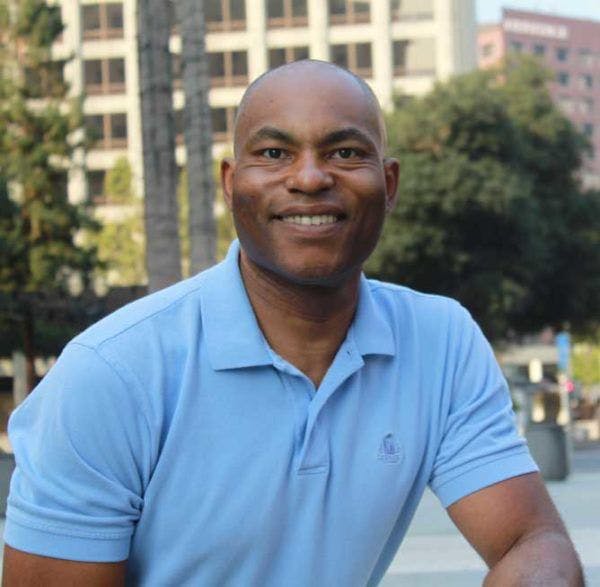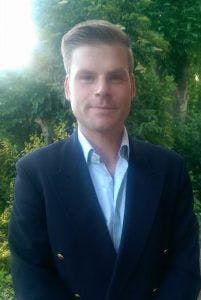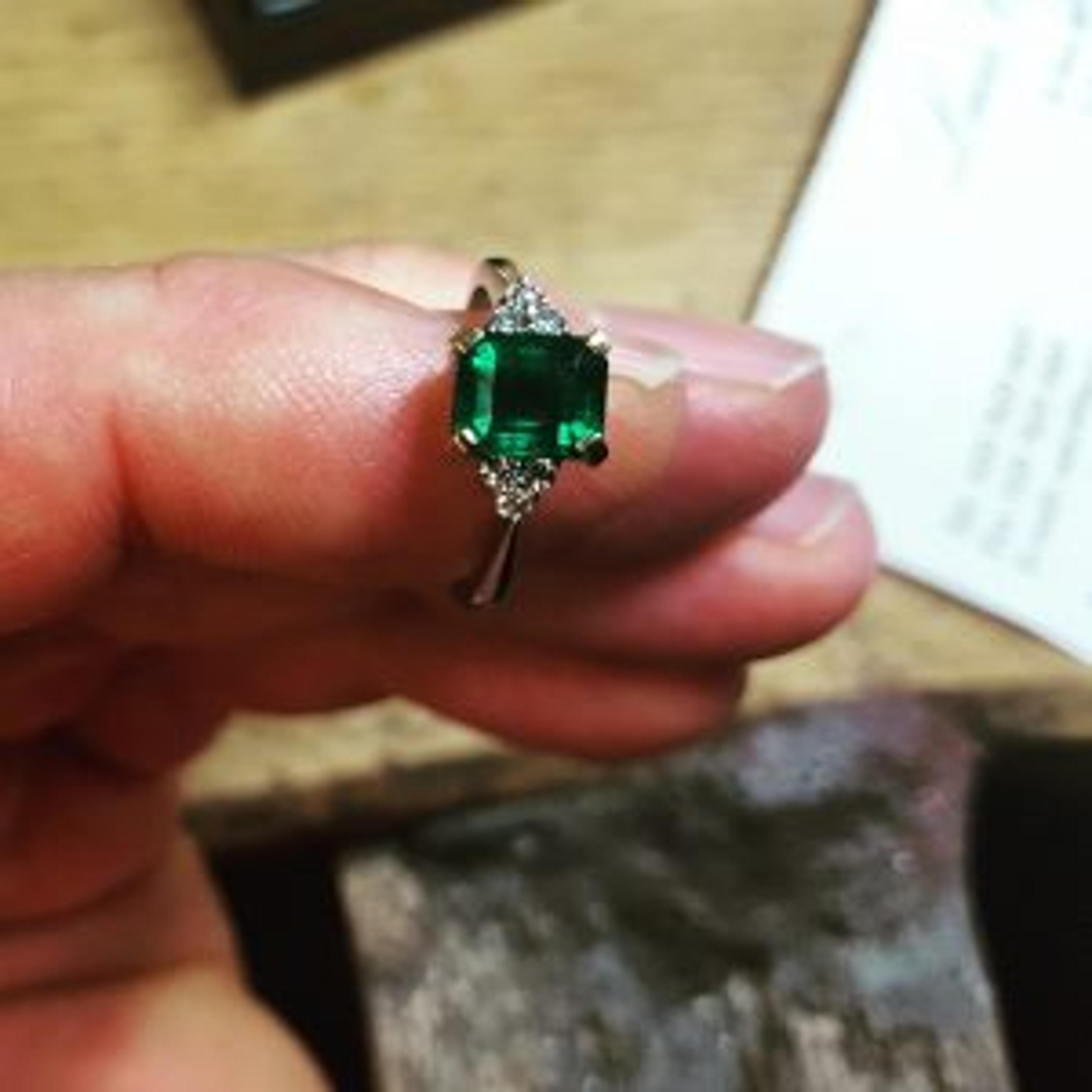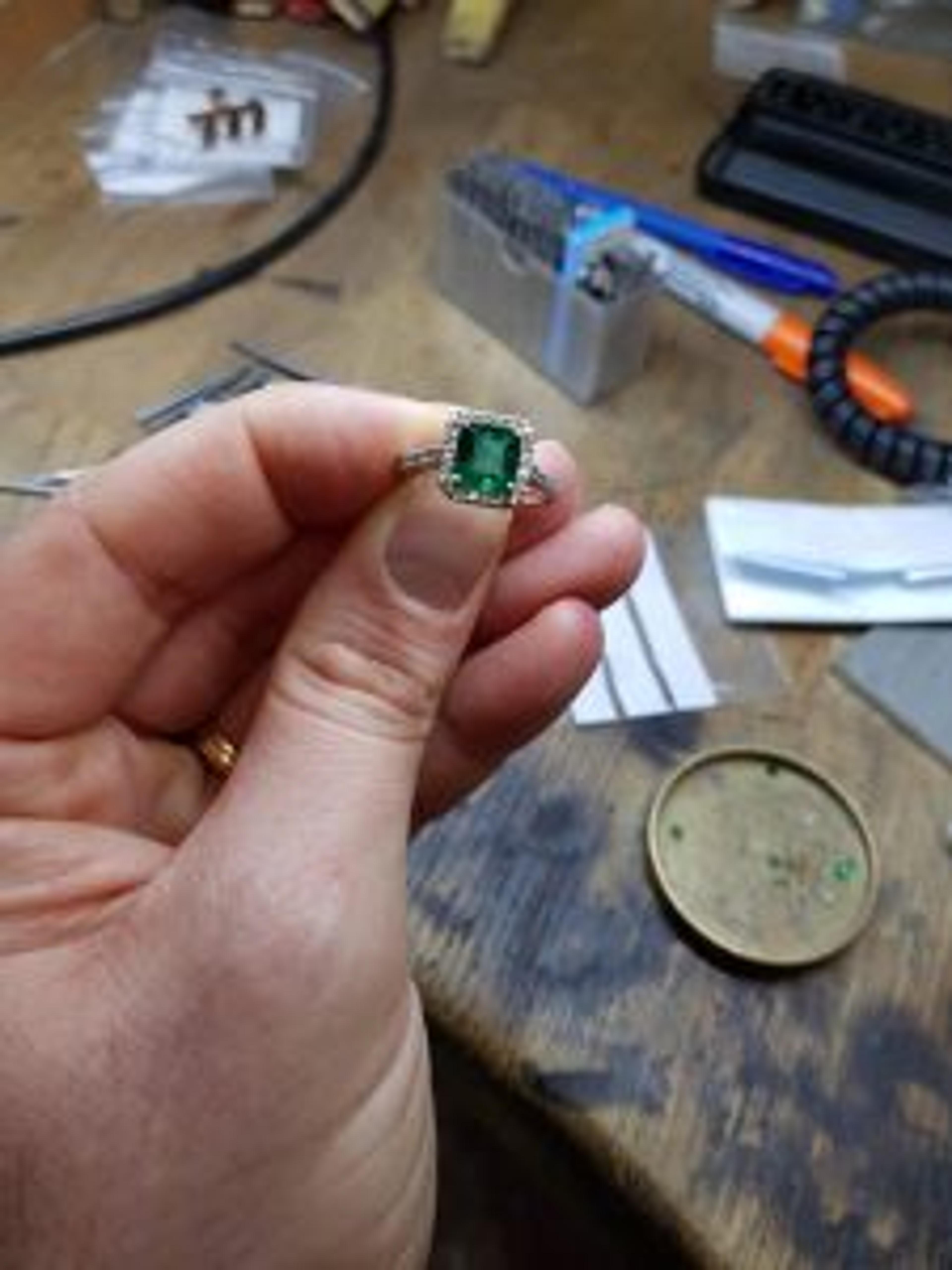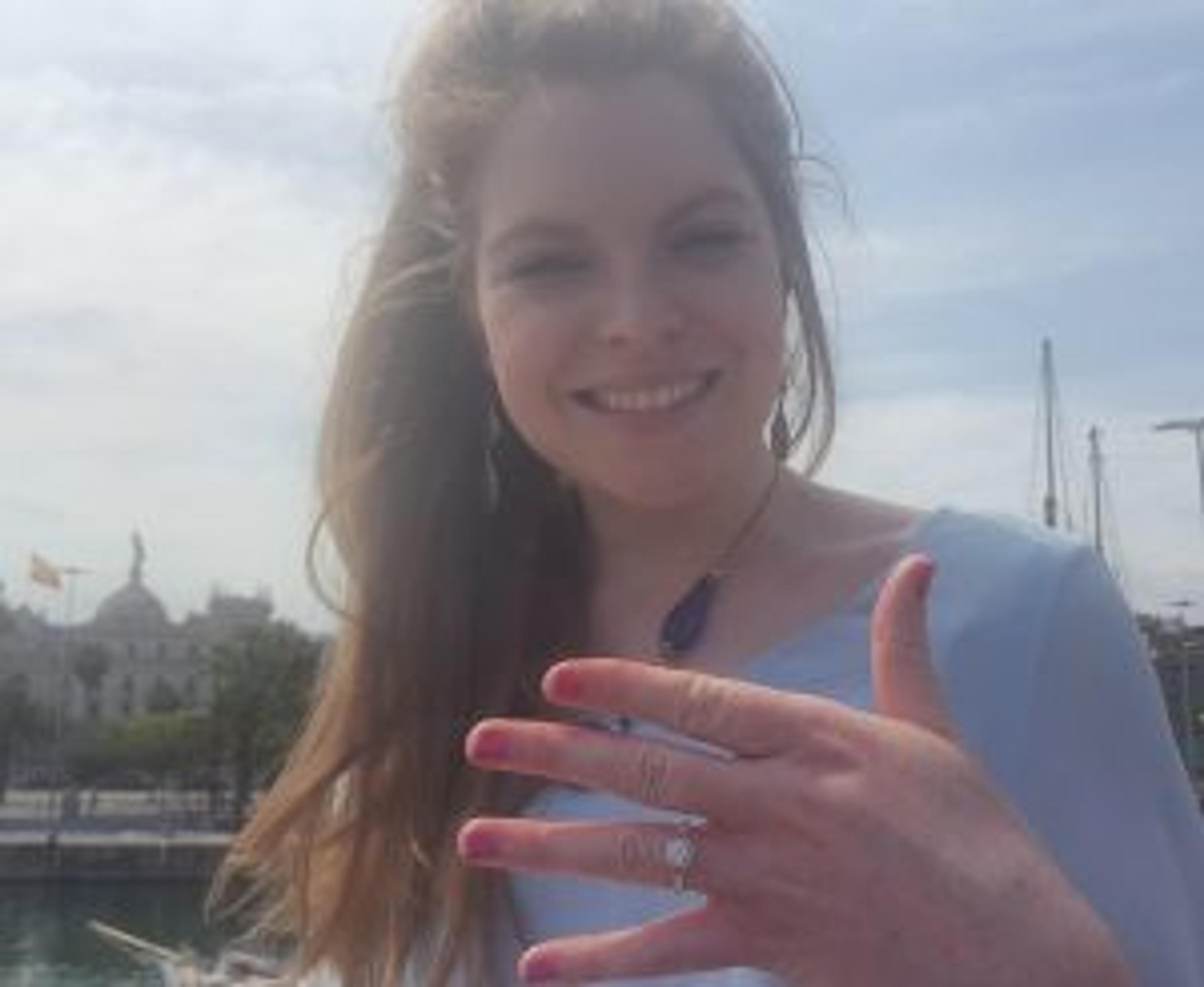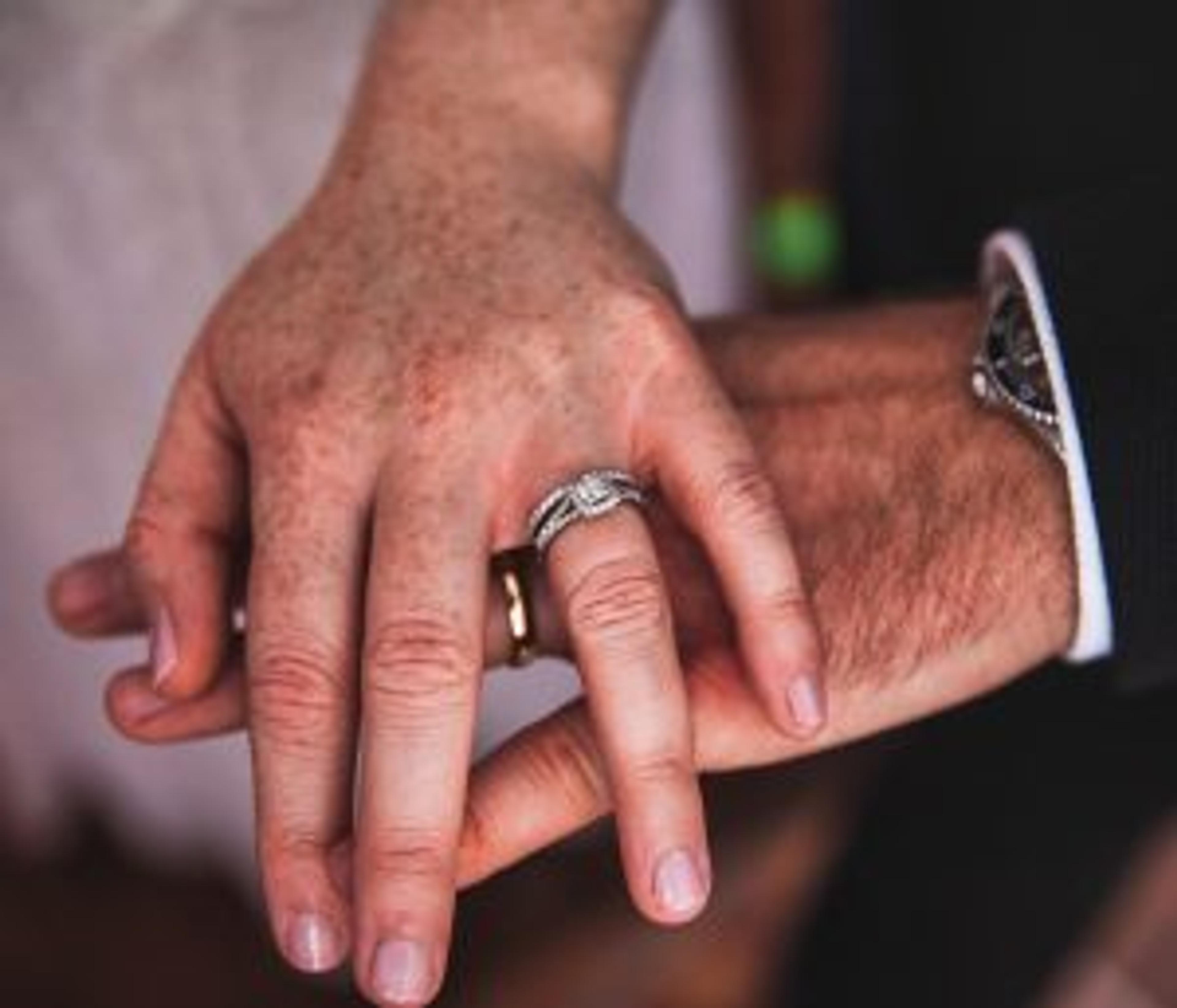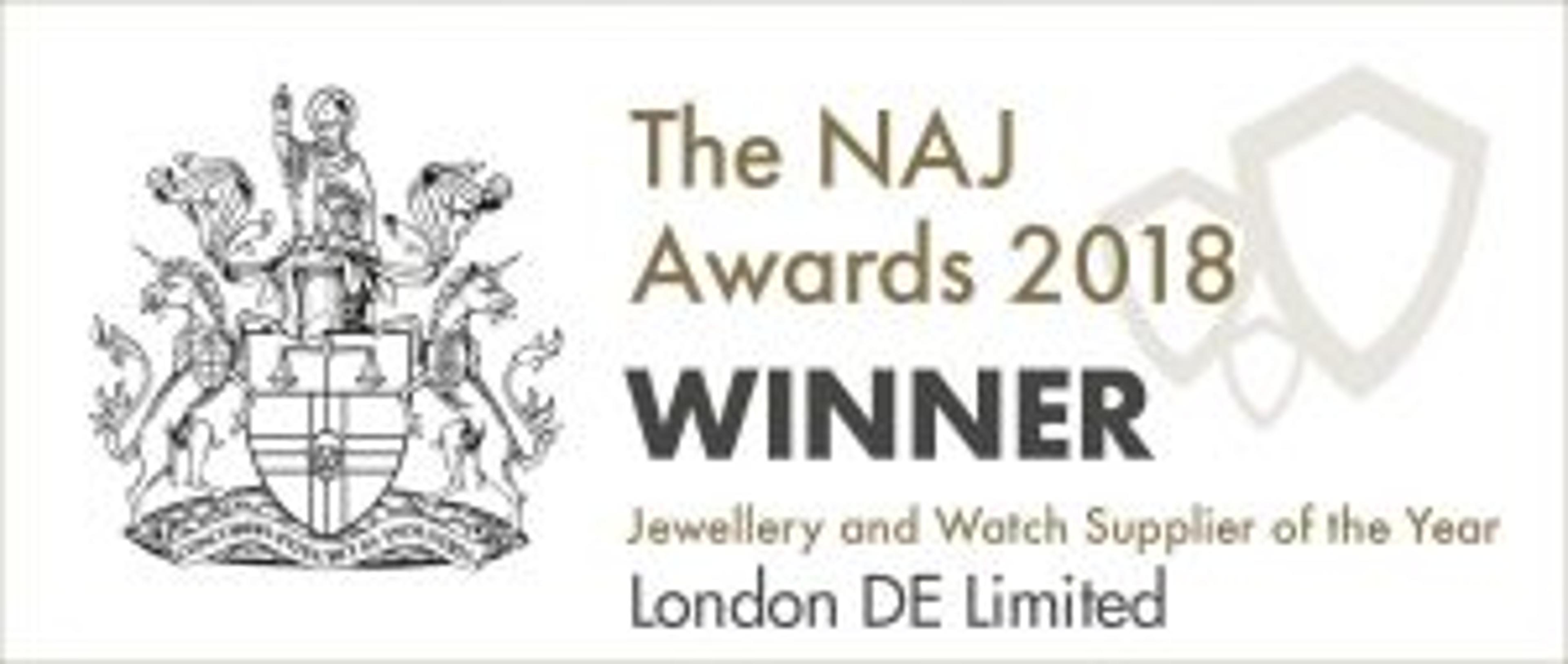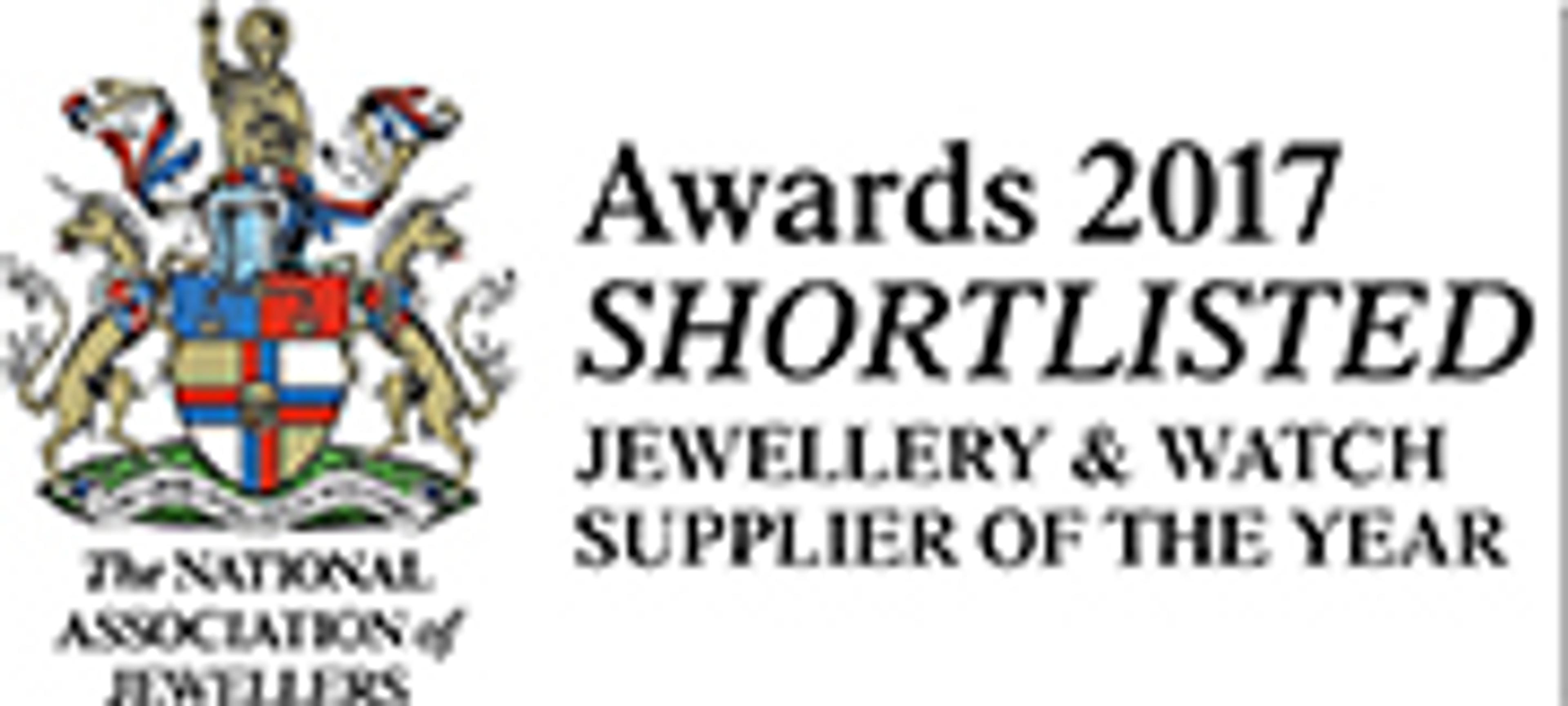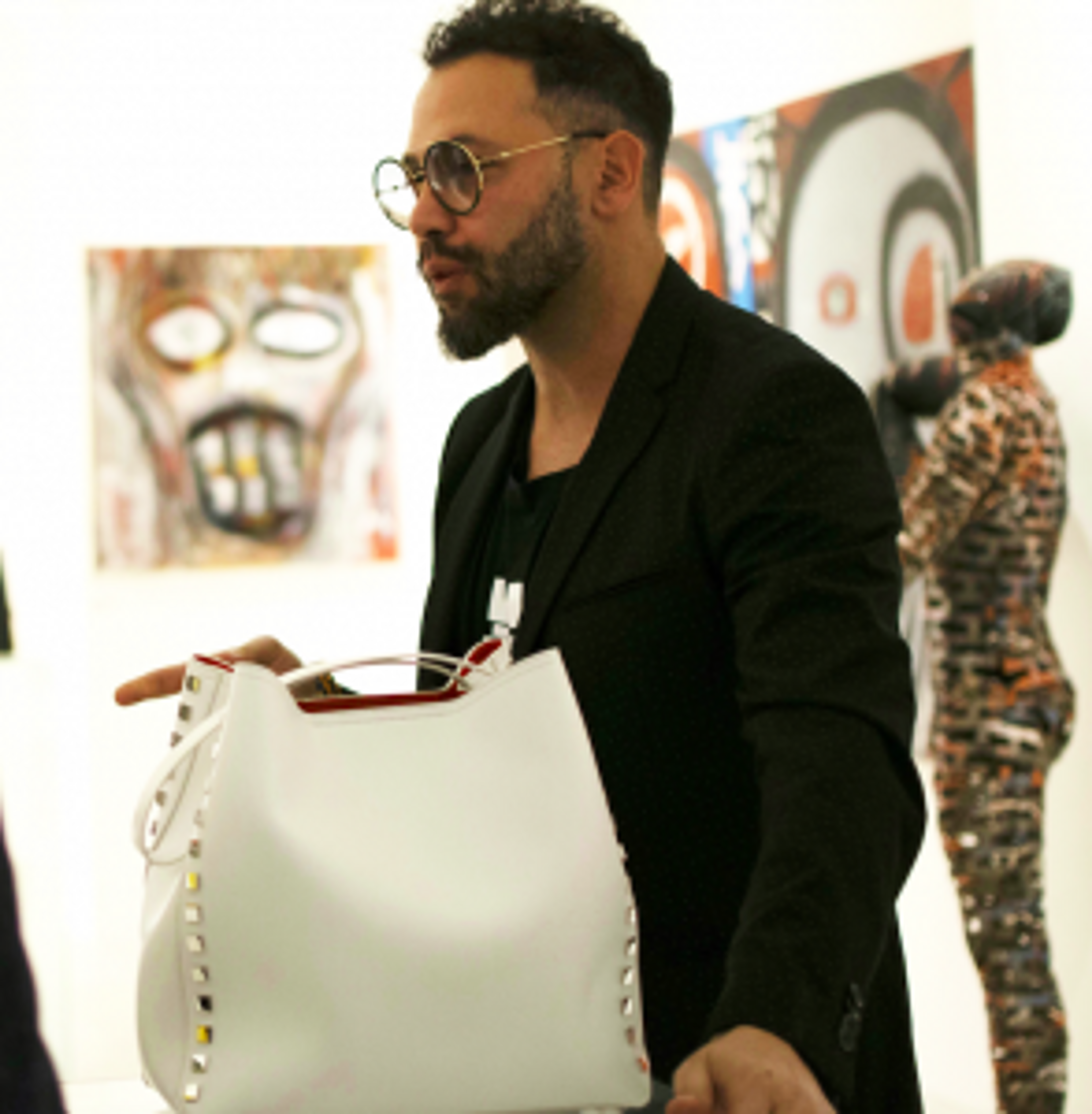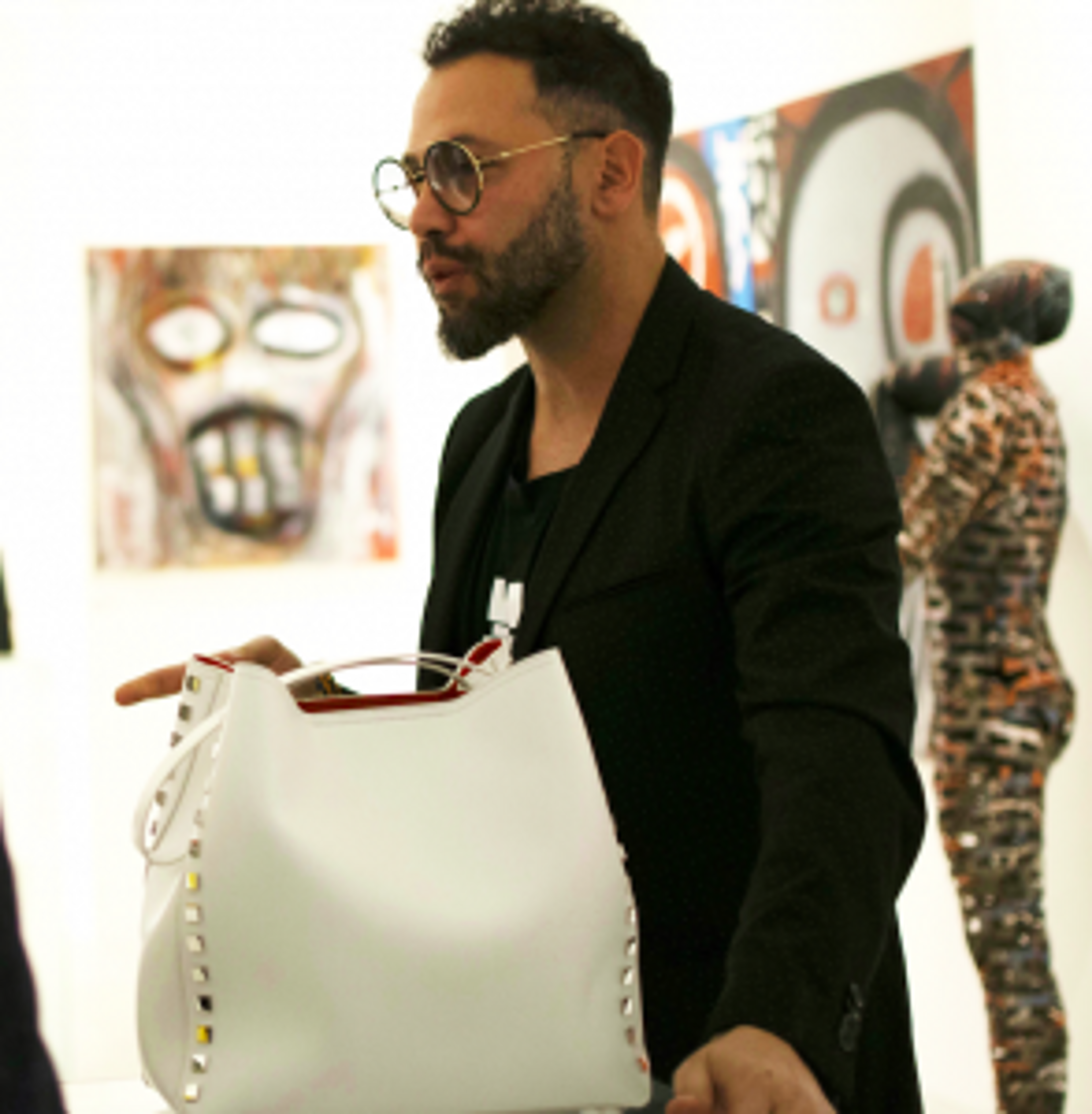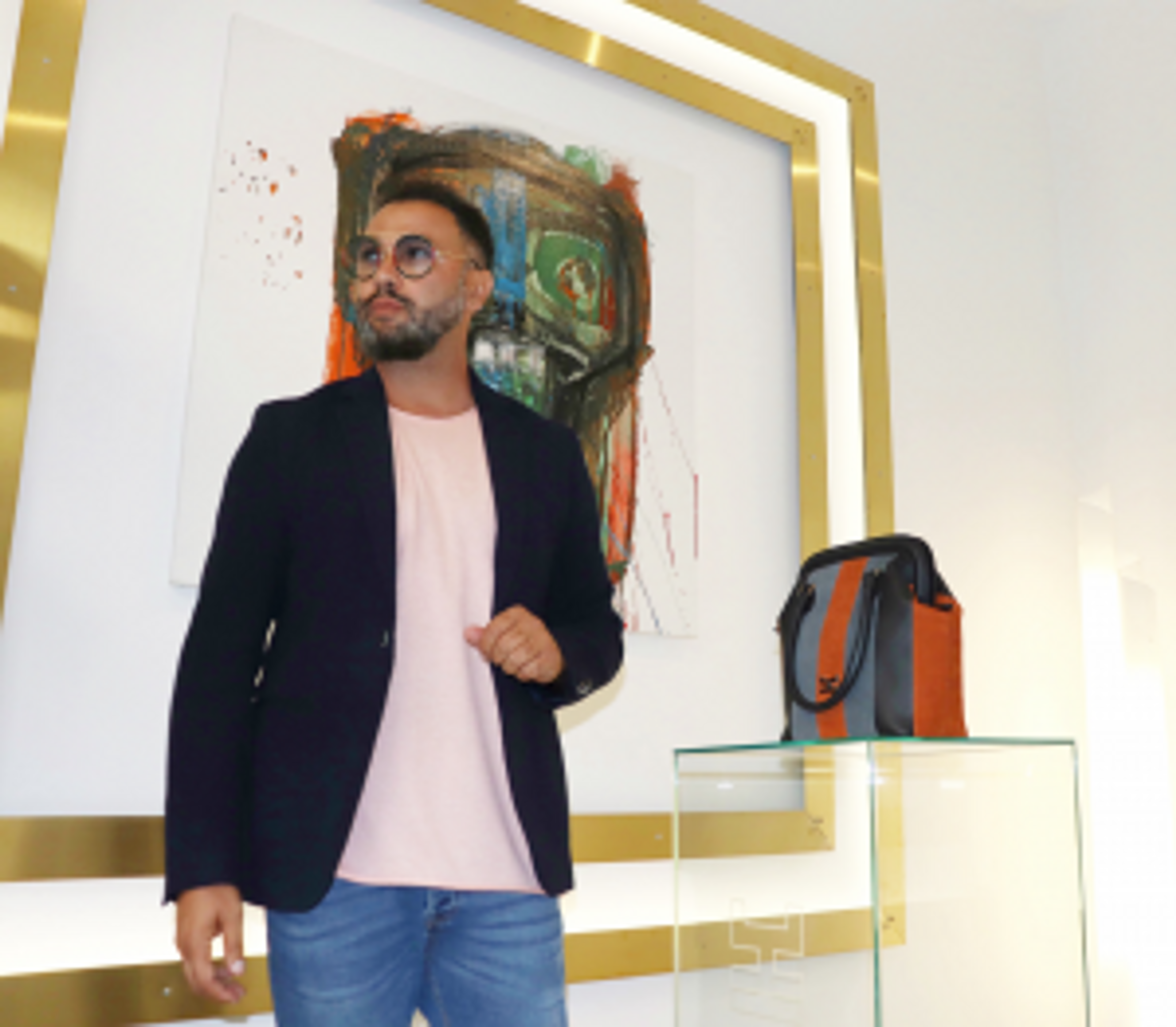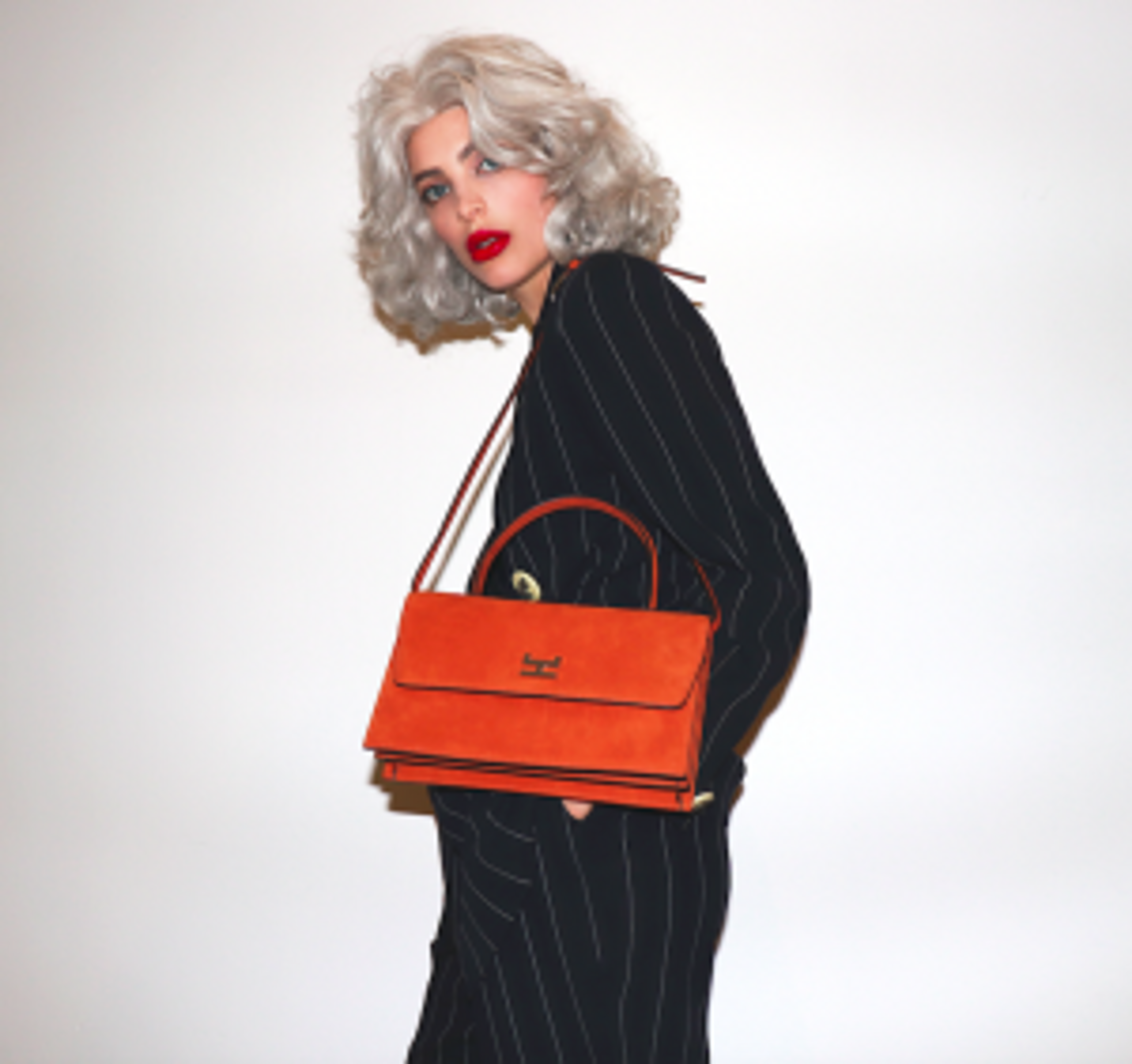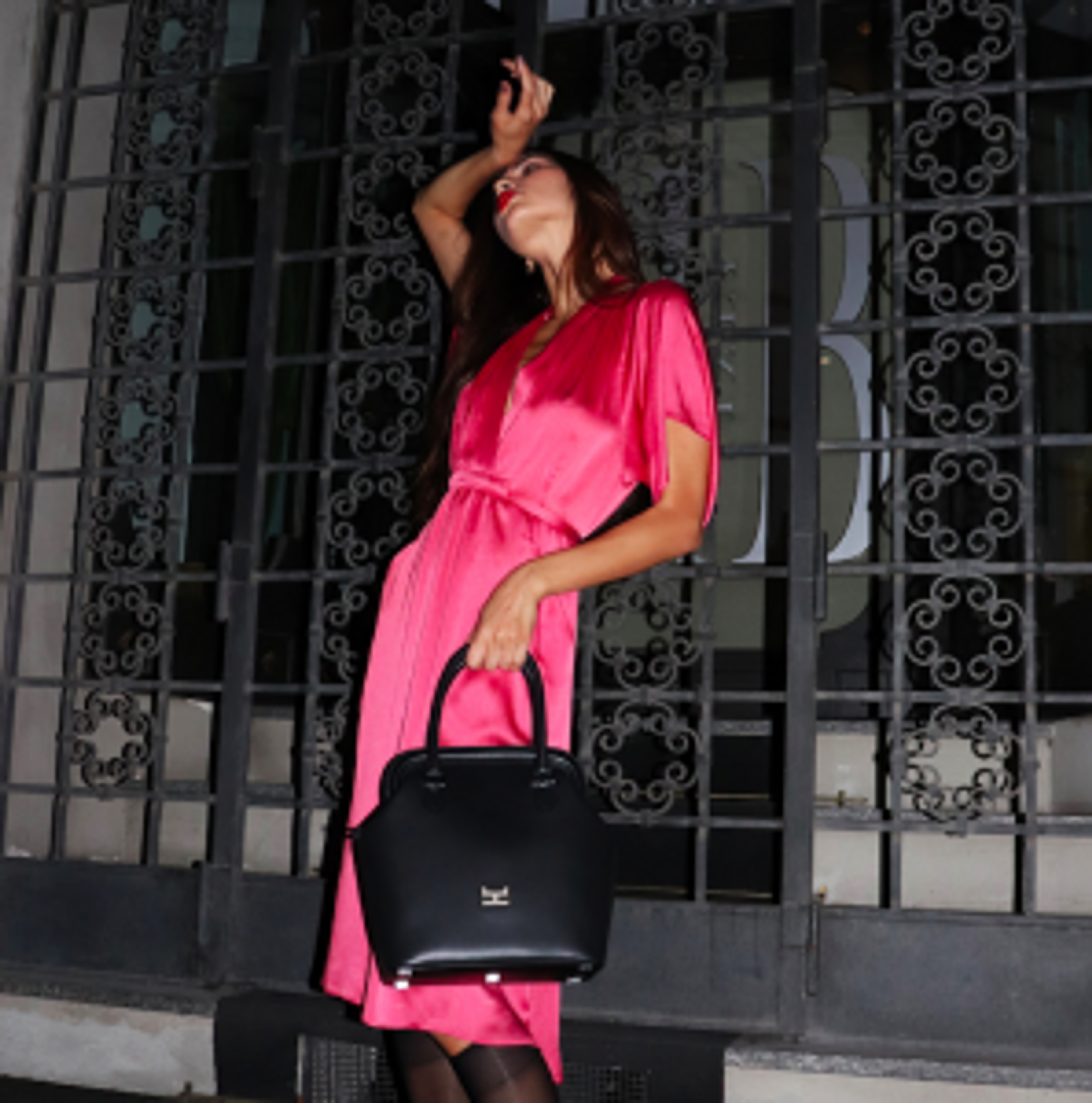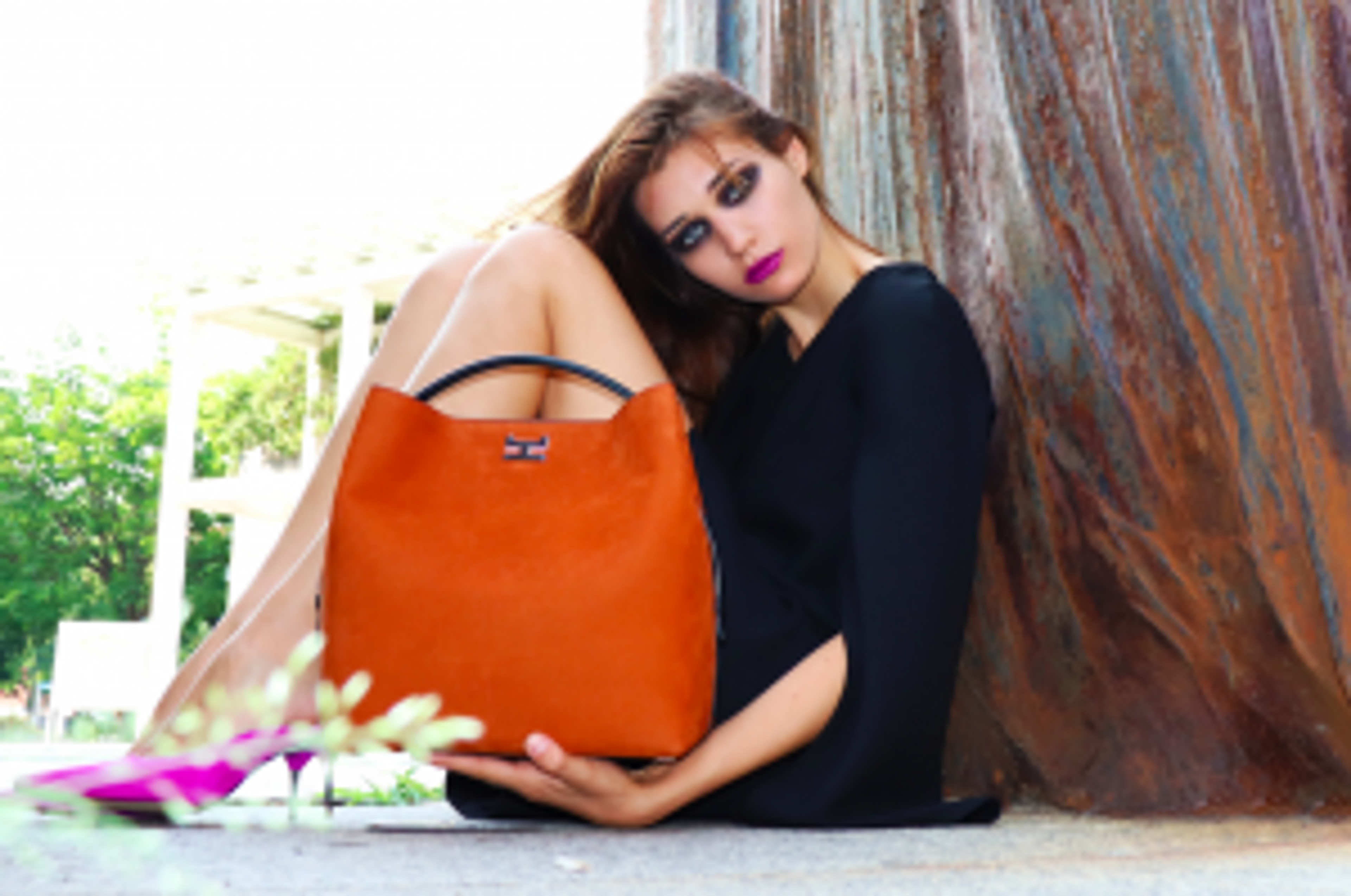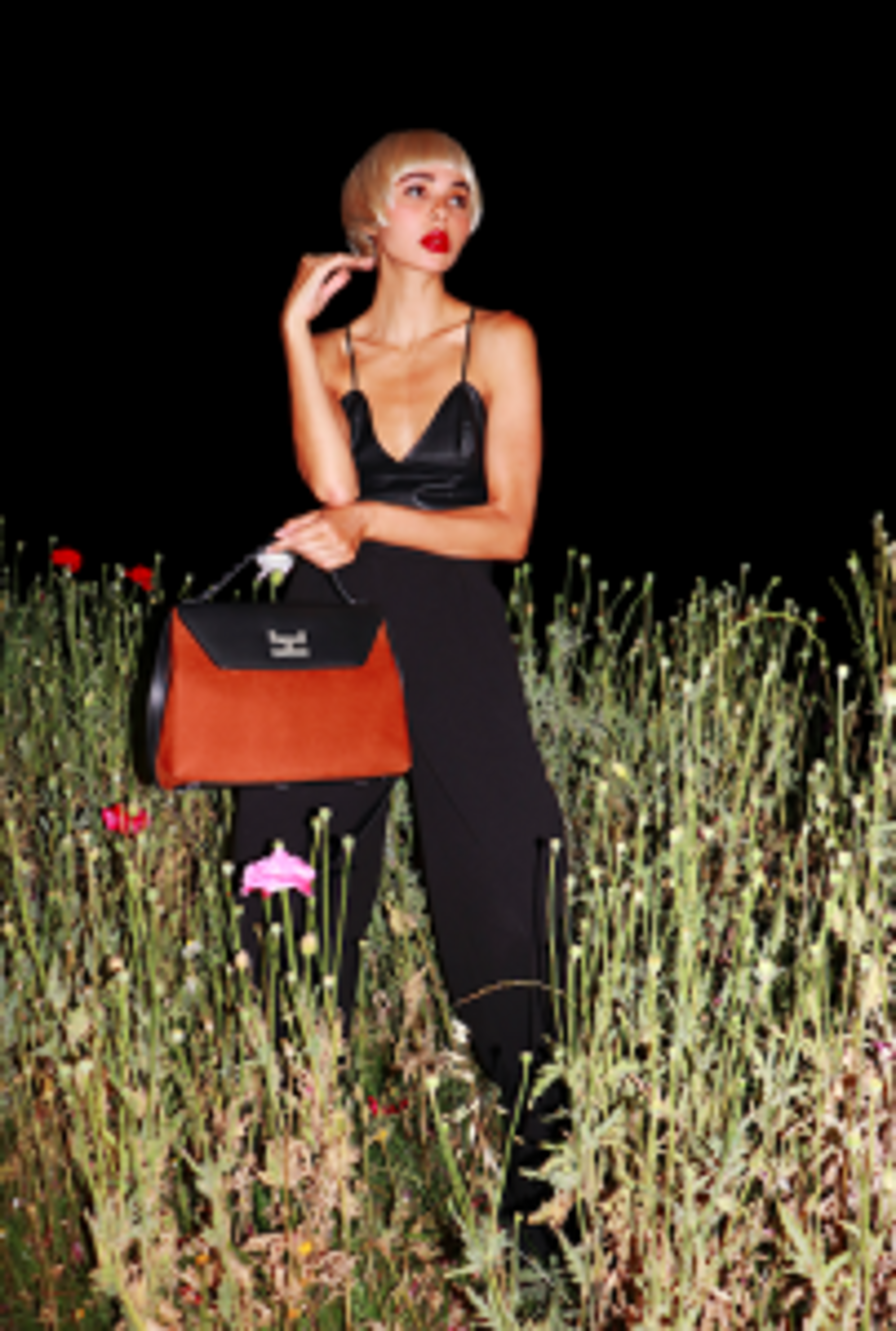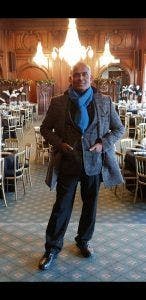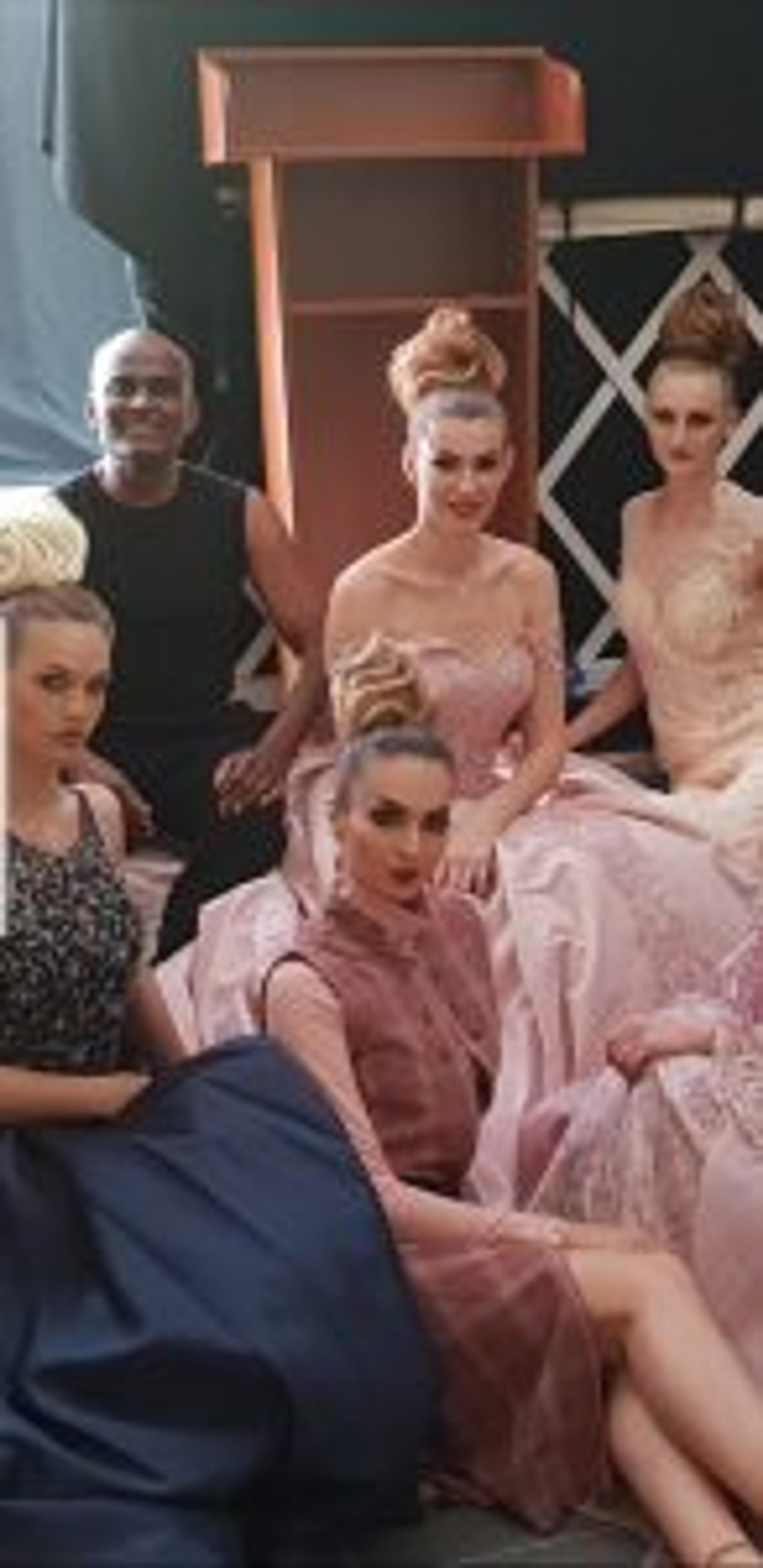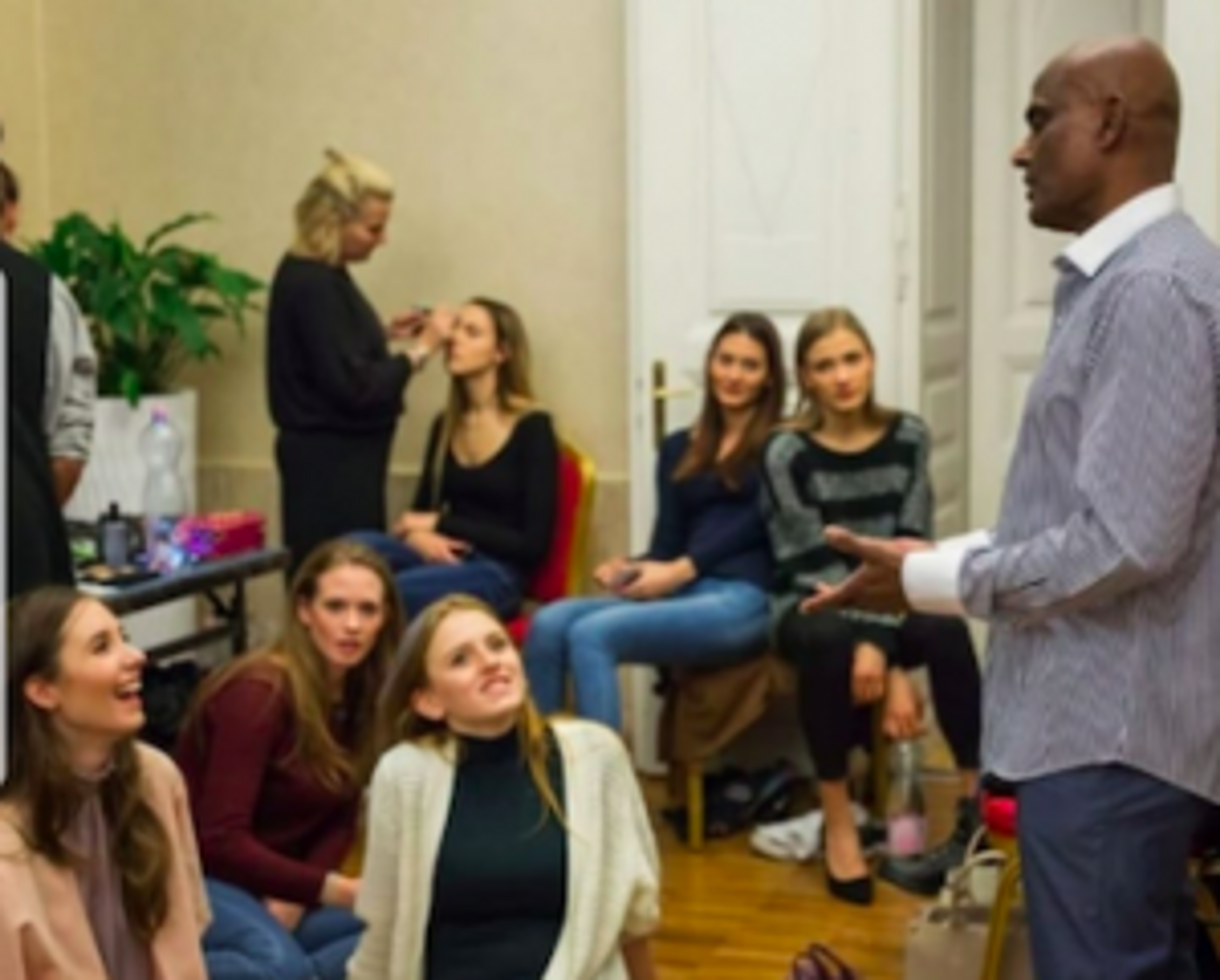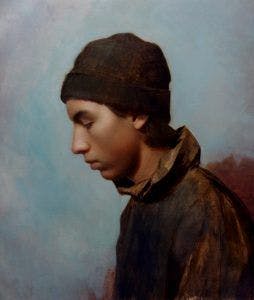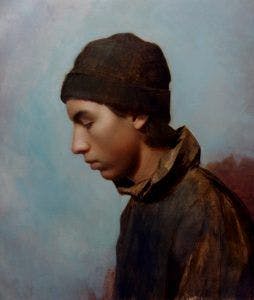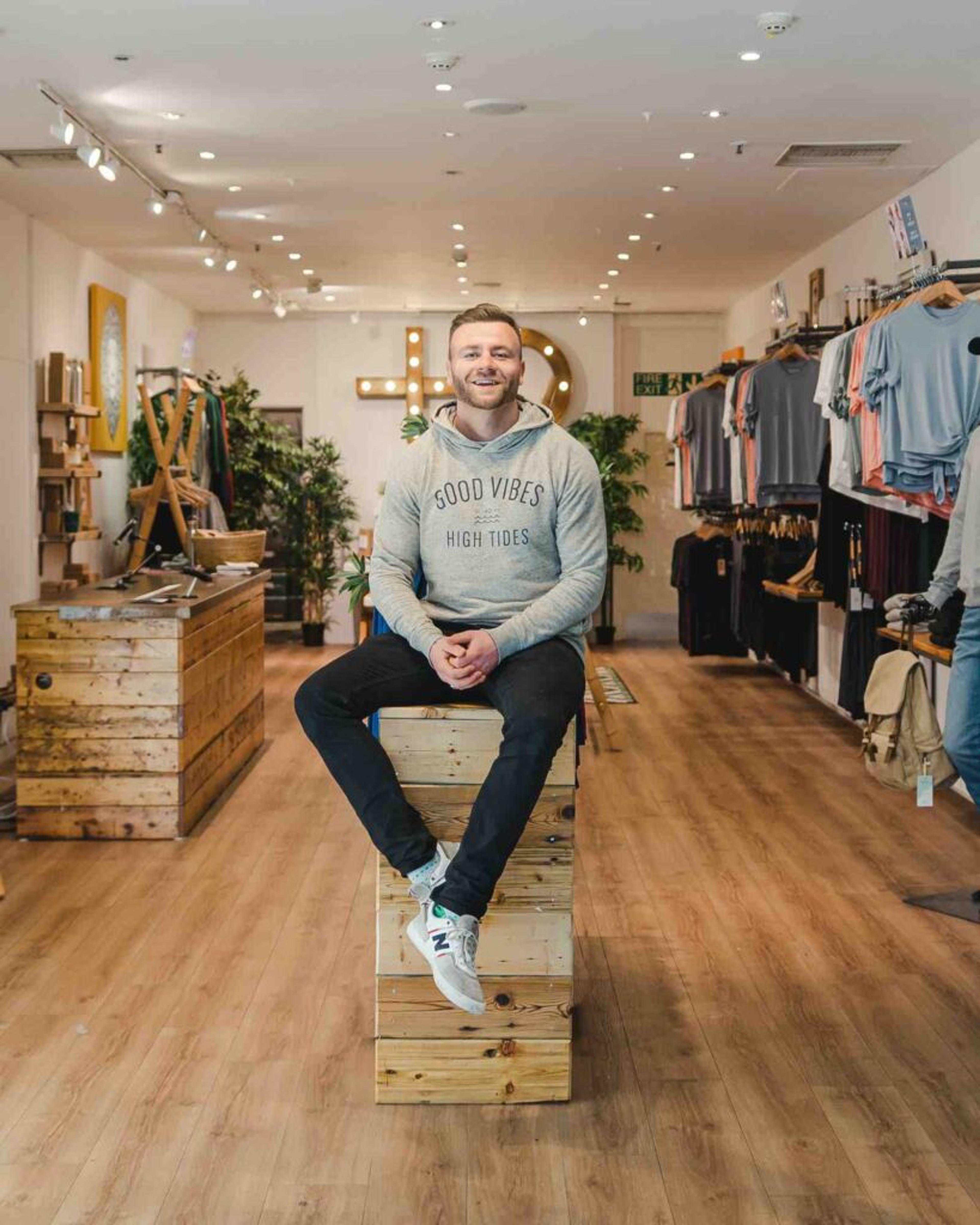
According to Harvey Broadbent, Founder & CEO of sustainable and truly inspirational fashion brand Positive Outlook Clothing, “you should always start with purpose and let your product follow.”
From a very young age, Harvey started with purpose, living a life surrounded by positive energy and encouragement which he now shares with others through Positive Outlook Clothing.
Purpose is everything for Harvey, and this rings true for his company which foregoes fast-fashion trends and instead inspires people to look inward, giving them the right clothes to live their best, most confident lives. Positive Outlook Clothing has people at heart and planet in mind and offers stylish, evergreen pieces that can go from day to night and are made to last.
“We create quality-crafted clothing that focuses on the wearer and helps them to shine and feel their best,” Harvey says. “Clothing that helps you feel and be the best version of yourself every day.”
“Each and every time a customer sees or wears an item of our clothing, it gives a small boost, a smile, a push in the right direction and acts as a symbol of like-minded, forward-thinking, positive people.”
It makes sense then, that for Harvey, profits aren’t the be all and end all for his company. Instead, he seeks something much more valuable – and that is to share his truly inspiring positive mindset with the world, one sustainably made garment at a time.
We sit down with Harvey to talk about his early forays into design, balancing profit and purpose and his goal to build a family of positive-minded people looking to change the world.
“Our motto is ‘people at heart, planet in mind’ and this rings true all the way through our company foundations… Success for me is measured by the impact you have, the love in your heart and the legacy you leave behind… not the numbers on your bank balance!

Tell us a little bit about yourself and your background, what inspired you to start Positive Outlook Clothing?
My name is Harvey Broadbent and I guess you could say I was born and raised in the midlands surrounded by creativity and positivity. With the family on my mum’s side all in motorsport engineering, and the family on my dad’s side was in fabrication, upholstery, and carpentry I was destined for a world in design.
My childhood was full of positive reassurance and the general push to ‘try anything’. Our family was not afraid of failure and instead praised it, as long as you gave it your all and regardless, learned from the outcome. Although my passion began in fine arts, I had the standard concerns of “you won’t make any money,” stressed to me by my teachers and friends alike.
To keep the creativity alive, I chose to explore the world of product design with a bachelor’s degree at Bournemouth University in 2008. This was where I gained an insight into each and every stage involved in taking a product from concept to life and my sense for sustainable design was born. Little did I know that this life of positive encouragement and desire to create would drive me to build a company with people at heart and planet in mind.
We love the mantra of “A positive outlook garment is a positive mindset.” From design to production and marketing – how does this ethos inspire your business?
We create quality-crafted clothing that focuses on the wearer and helps them to shine and feel their best. We don’t cater to high street fashion and exotic trends; we look a little further inward into one’s mindset and inner confidence. Clothing that helps you feel and be the best version of yourself every day.
Each chance encounter and shared moment creates a unique opportunity for a transference of positive energy, wisdom, and culture. Each time a customer sees or wears an item of our clothing, it gives a small boost, a smile, a push in the right direction and acts as a symbol of like-minded, forward-thinking, positive people. These are the foundations we stand upon in every aspect of our business and will continue to as we look to grow as a Positive Outlook family.


In your opinion, what sets Positive Outlook Clothing apart from other fashion brands in the market today?
Sustainability, transparency, and accessibility. We have been working in the world of sustainability for over eight years. We’ve made mistakes, tackled controversy, and sailed through the smoke and mirrors that exist within the fashion industry and business world.
We take nothing at face value and instead strive to see first-hand the people and processes involved at every stage of production. For example, over the past 4 years, we have worked with one family-run manufacturer for all our clothing, and we couldn’t be happier about it. We know every member of staff working there at every process, we know where our fibres come from and the energy it takes to turn those natural fibres into fabrics for you to wear and feel fantastic in. This approach allows us to share this information confidently and honestly with our customers.
With fashion being one of the biggest pollutants, sustainability in the fashion industry is more important than ever. In what ways does Positive Outlook Clothing promote conscious consumerism?
Coming from a product design background, for me sustainable design is not a gimmick, marketing ploy or USP, it’s just ‘the way it should be’ and a sign of good wholesome design. This follows through to the type and styling of the clothing we produce – quality everyday essentials.
As a company, we promote a minimal lifestyle, producing quality made items that fit and feel amazing, styled to look as good at the bar with friends or out on your morning run. We aren’t focused on launching elaborate ranges or hitting those high-street trends. A Positive Outlook item is an everyday item that will last. Our botanical fabrics and fibres work with your body, aiding movement, allowing your skin to breathe while being durable and stylish to suit any
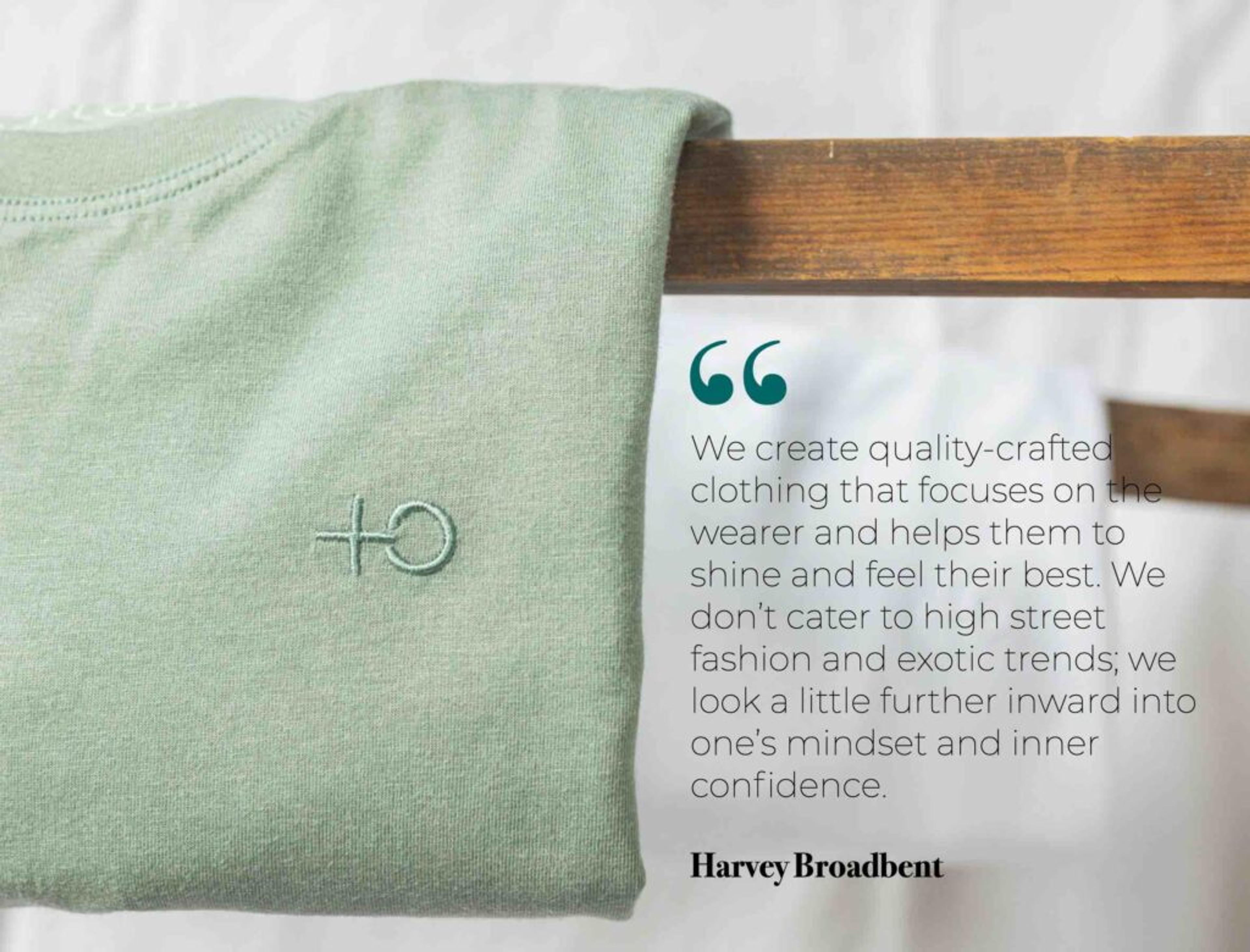
surrounding.
As a business owner with such strong ethical foundations, how do you balance profit and purpose?
Our motto is ‘people at heart, planet in mind’ and this rings true all the way through our company foundations. I have no dreams of incredible riches but rather to succeed as a company, to reach our goals and build a family of like-minded ambitious people that are living the life they want to live and positively impacting as many people as they can while doing it. Success for me is measured by the impact you have, the love in your heart and the legacy you leave behind… not the numbers on your bank balance!
What’s next for you? Any new exciting projects in the pipeline?
Where do I start! I’d say out of everything we have going on now, I am most excited about the podcast concept we are currently creating as a company. The podcast we’re launching will ultimately be an extension of our heart, championing various youth organisations across the country, starting local to us.
We will be sharing the amazing work they do, breaking down the challenges/stereotypes they and their members face and chatting 1-2-1 with the inspiring young people these organisations work with.
We have 6-7 projects lined up so far at different stages and already each conversation we’ve had has been eye-opening and powerful to say the least! Keep your ears peeled and eyes open for this one…
What advice do you have for aspiring entrepreneurs looking to start their own fashion brand?
Start with purpose and let your product follow.
